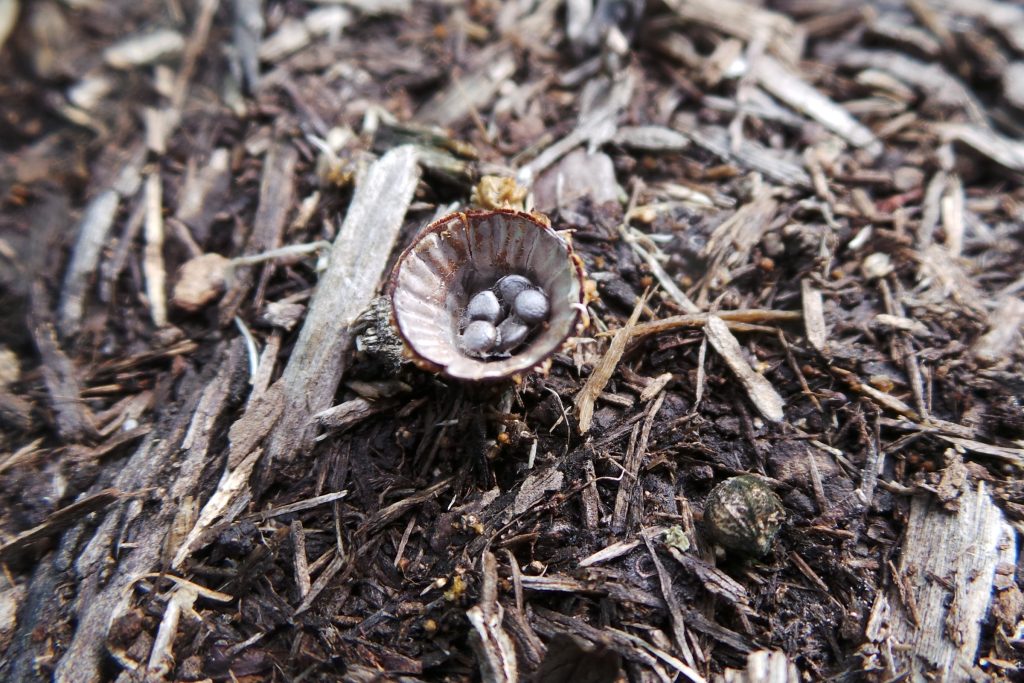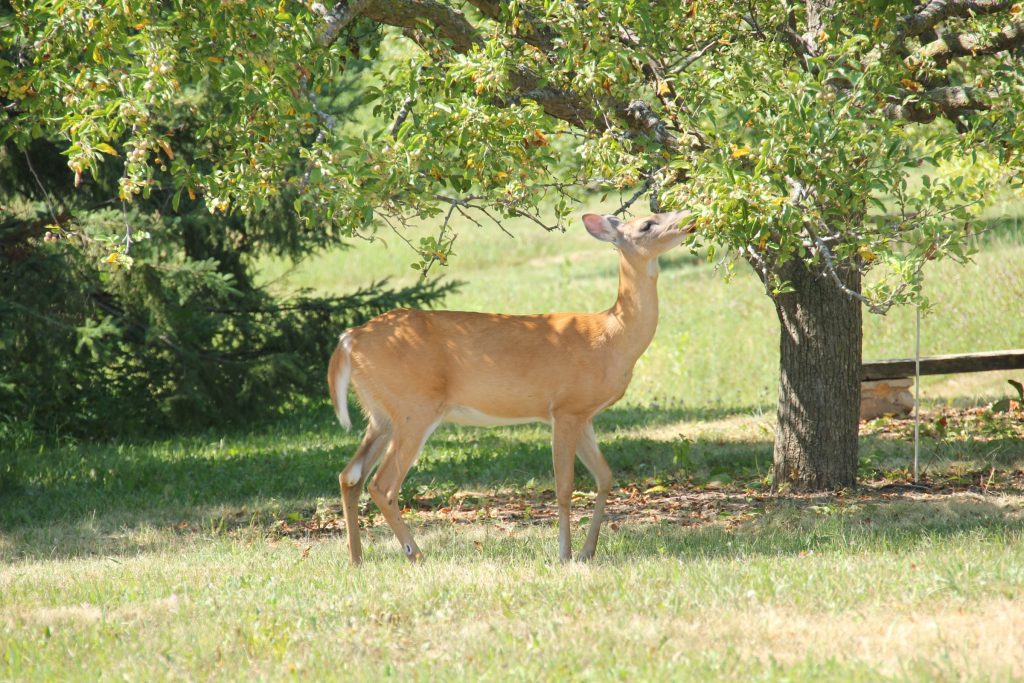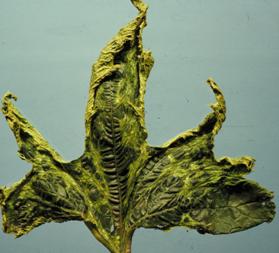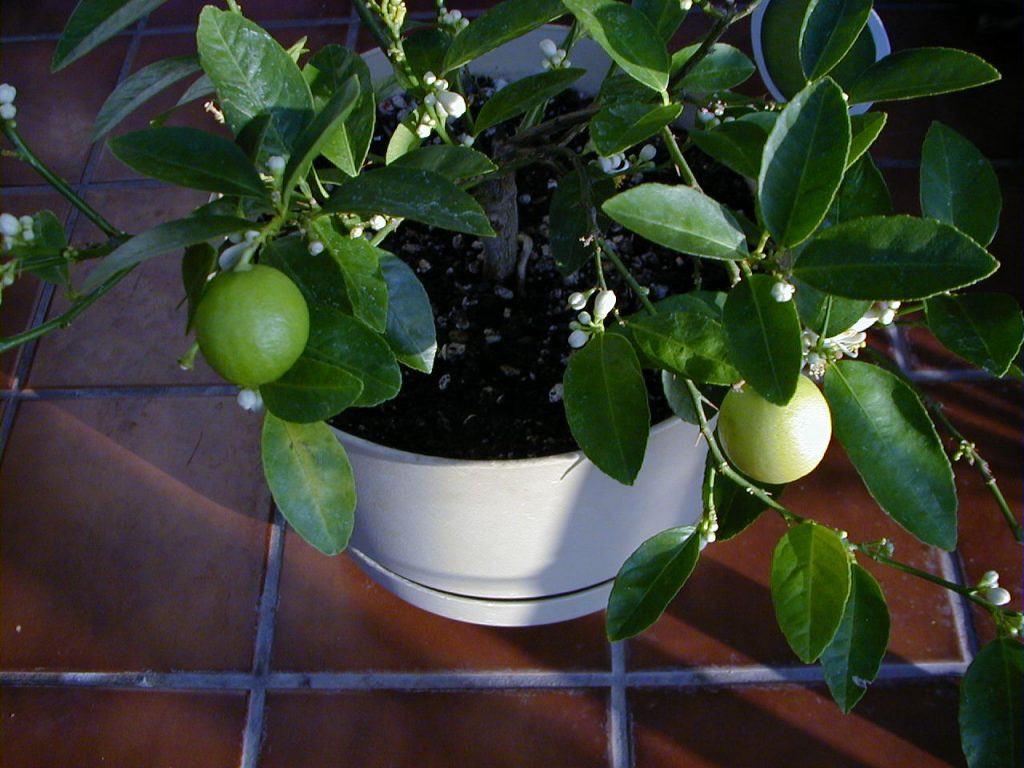Tree Fruits

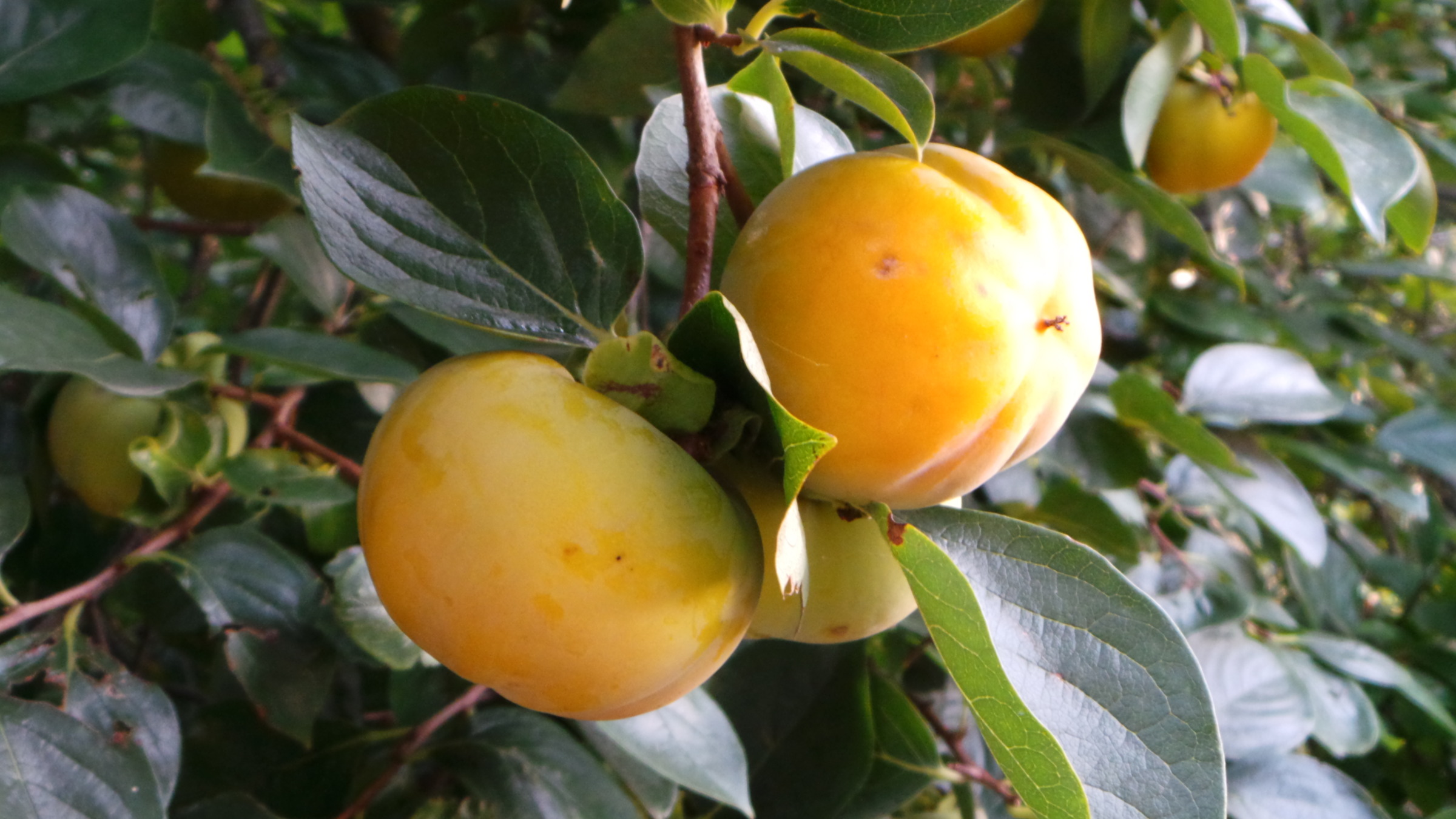
Tree Fruits
A tree fruit is a woody perennial plant that bears edible fruit. Use the guide below to learn more about tree fruits in Wisconsin.
Photo above: Persimmon
Tree Fruit Videos

Find recorded Extension video programs ranging on topics from fundamentals of shrub pruning to proper tree planting by clicking the button below.
General Tree Fruit Resources
Discover a variety of resources on tree fruits. Dive into guides, articles, and websites below!
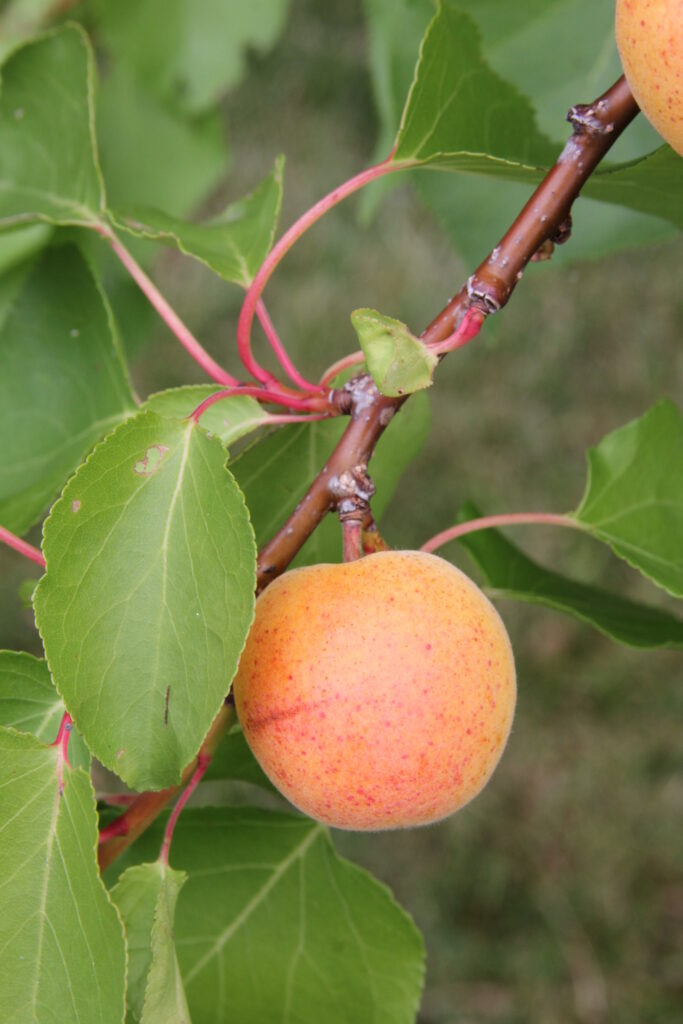
Hardiness Maps
The USDA Plant Hardiness Zone Map is the standard by which gardeners and growers can determine which perennial plants are most likely to thrive at a location.
Commercial Fruit Production
UW Madison has ongoing research programs on commercial apple, berry, cranberry, and grape production.
Wisconsin Fruit Videos
Recorded videos and lectures from UW Madison’s current fruit researchers.
Network for Environment and Weather Applications
A resource for Integrated Pest Management forecasts and weather data from a weather station near you.
Degree Day Calculation
Degree days are a way of incorporating both temperature and time into one measurement to quantify the rate of plant or insect development.
Photo left: Apricot
Popular Tree Fruit Articles
Discover our most popular tree fruit articles below!
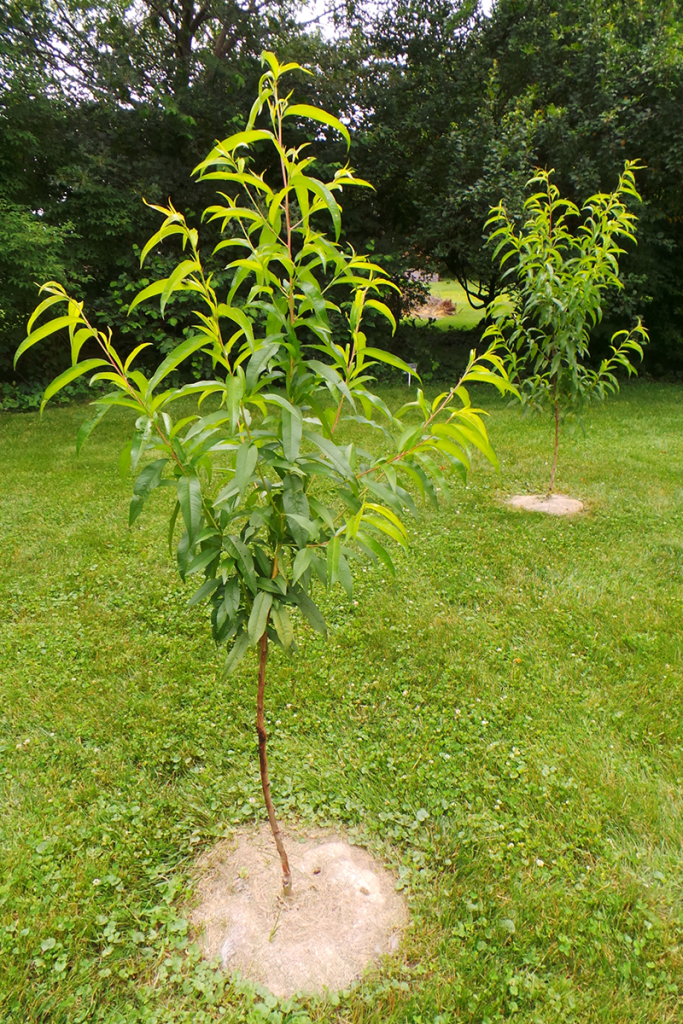
Controlling Deer Damage in Wisconsin
Find options for controlling deer damage in orchards ranging from fencing options and herd control to repellents.
Home Fruit Cultivars of Northern Wisconsin
Depending on your hardiness zone, some fruit trees are more suited to the climate of Northern Wisconsin.
Home Fruit Cultivars for Southern Wisconsin
Find out which fruit cultivars are recommended for your area of Southern Wisconsin.
Growing Apples in Wisconsin
This apple homepage covers the all of the basic information required to grow apples successfully.
Growing Apricots, Cherries, Peaches, and Plums in Wisconsin
Find out how to care for these stone fruits from planting through harvest.
Growing Pears in Wisconsin
Two types of pears can grow in Wisconsin: European and Asian pears. Learn how to grow both in this publication.
Photo left: Peach tree
Articles
Click on each section below to browse a list of categorized articles.
Selection
Planting, Care and Maintenance
Diseases & Disorders
Insects
Other
Submit additional lawn, landscape and gardening questions using our Ask Your Gardening Question form.

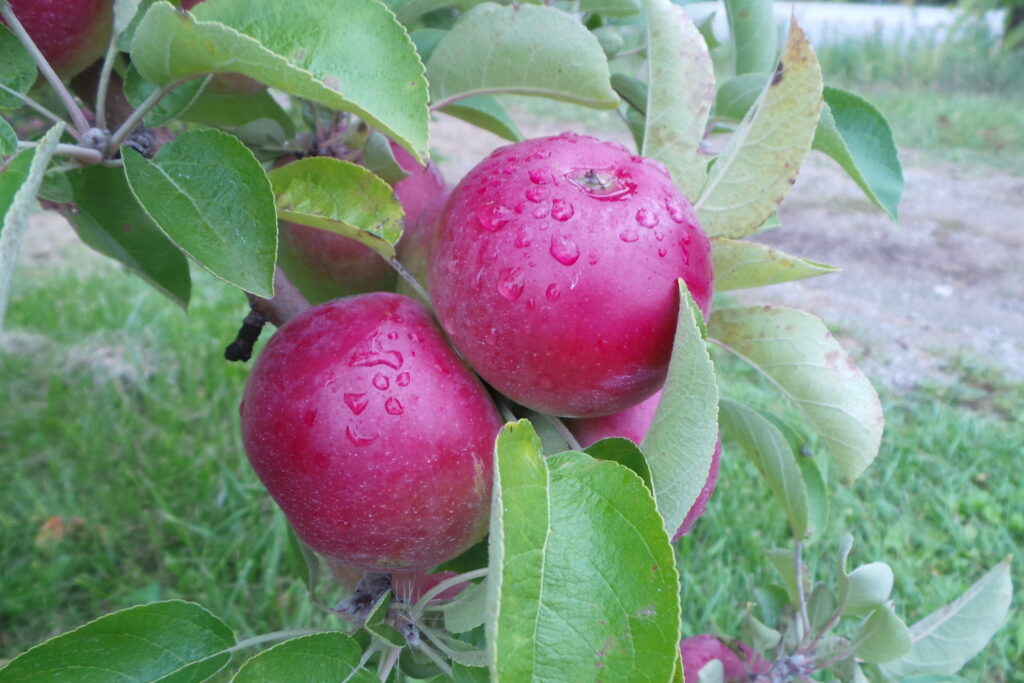
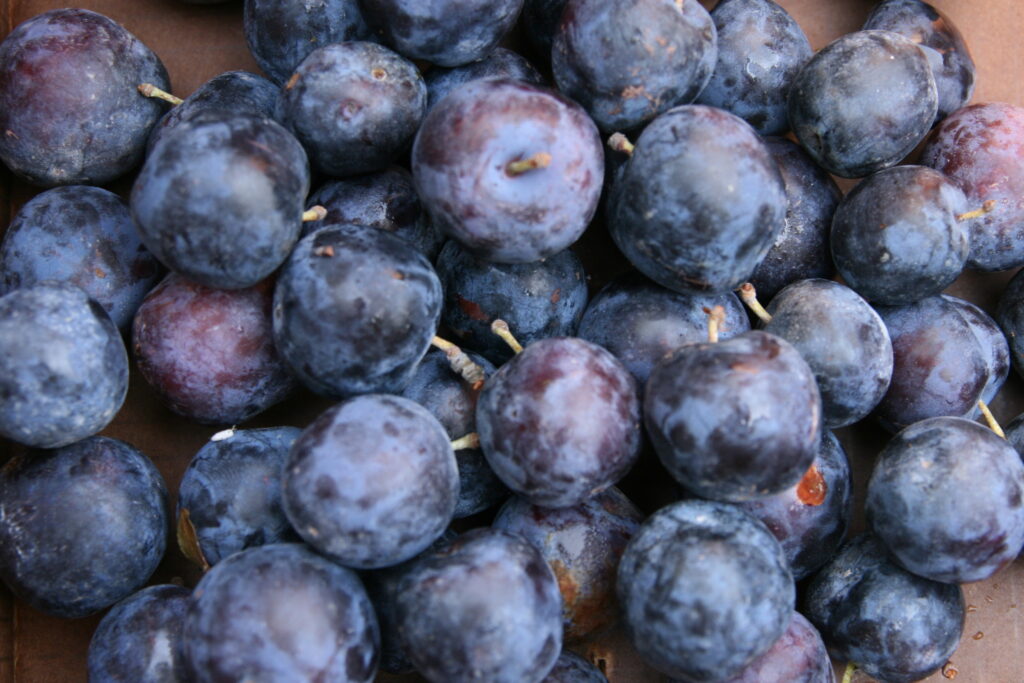
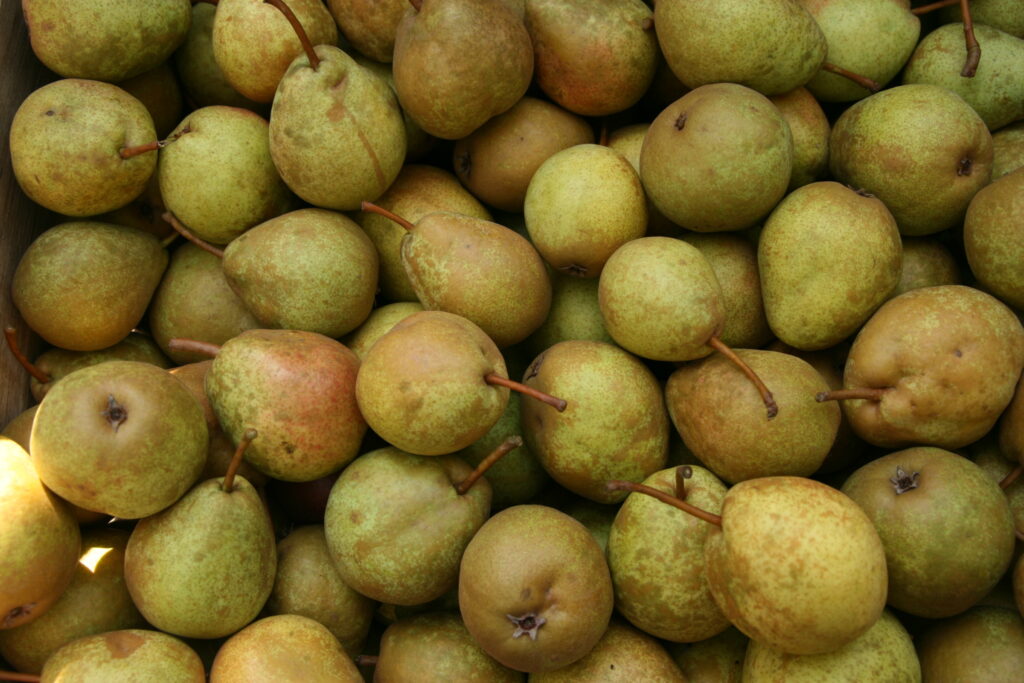
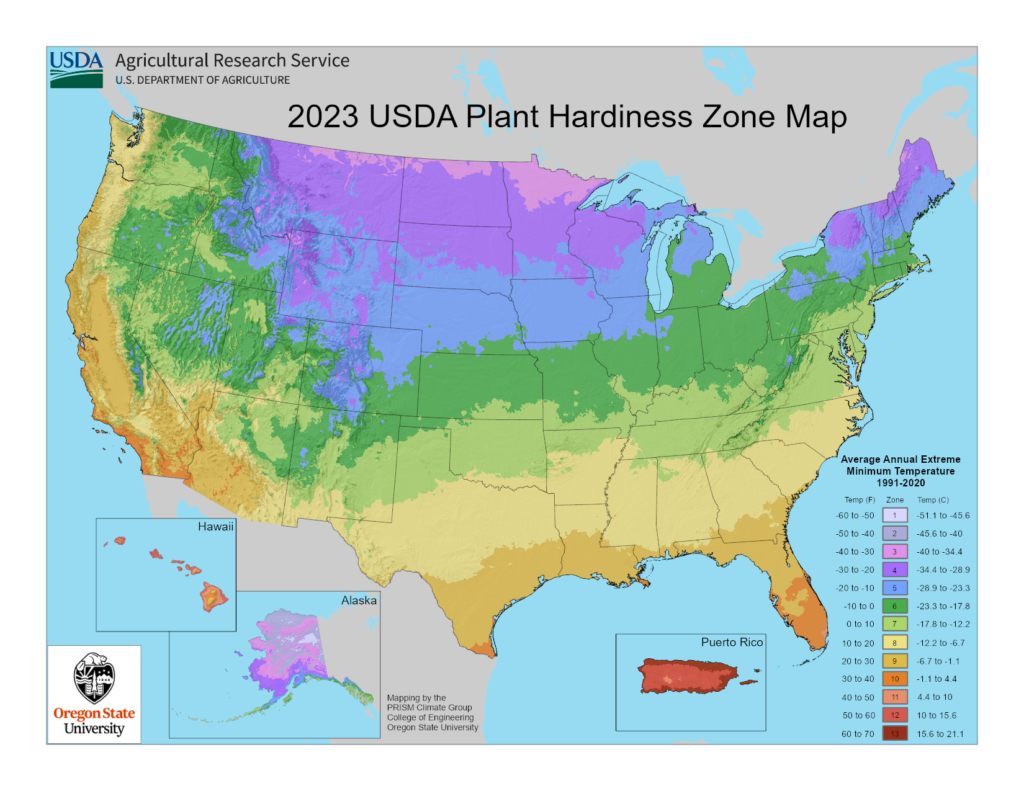
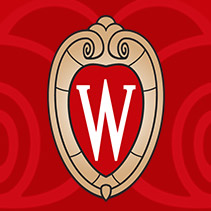
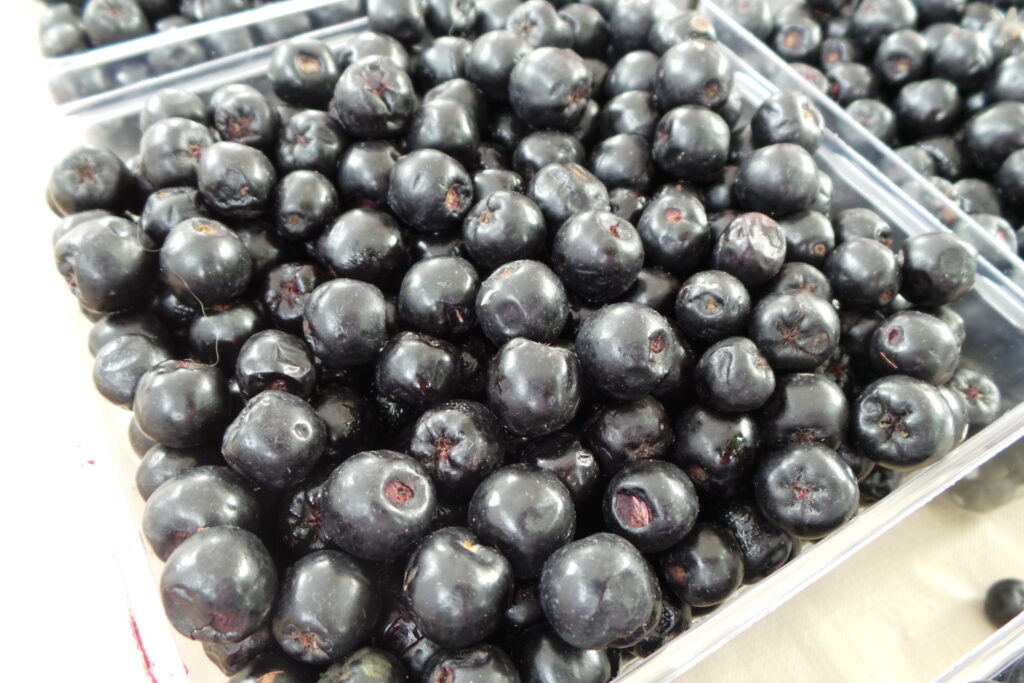
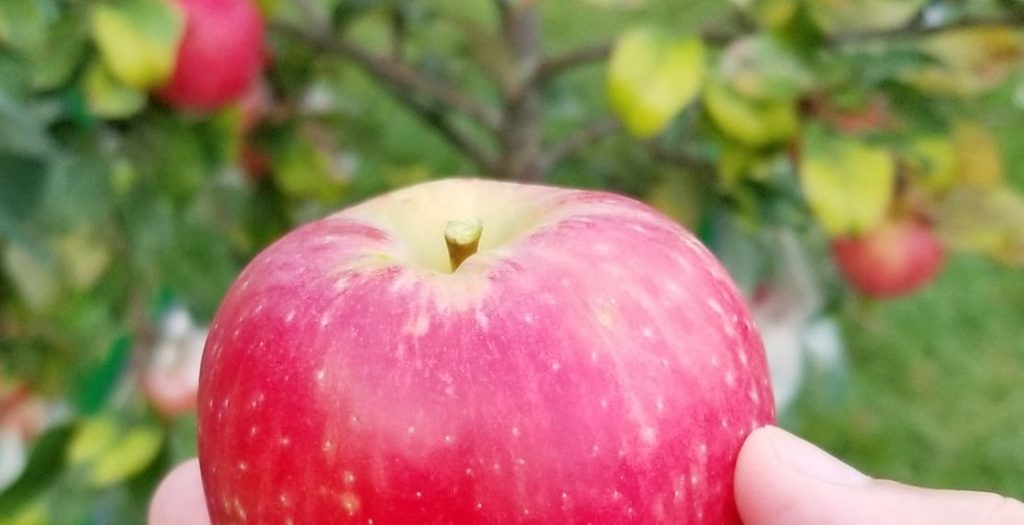

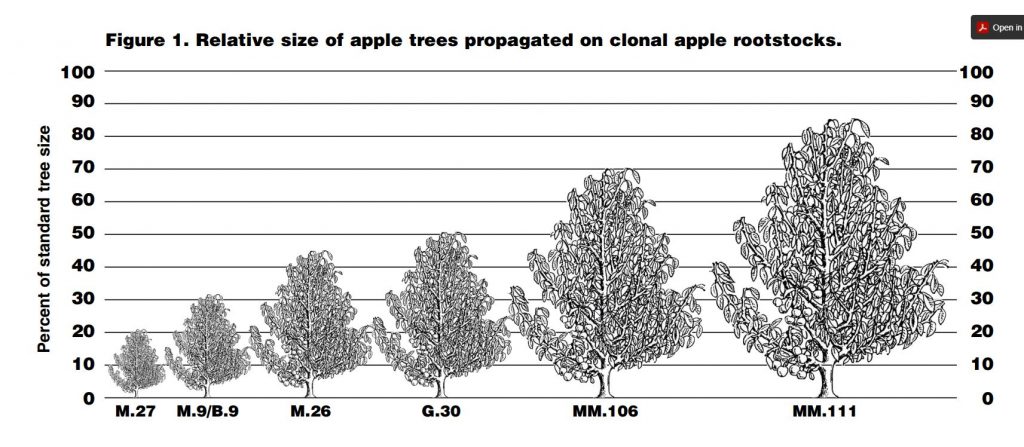
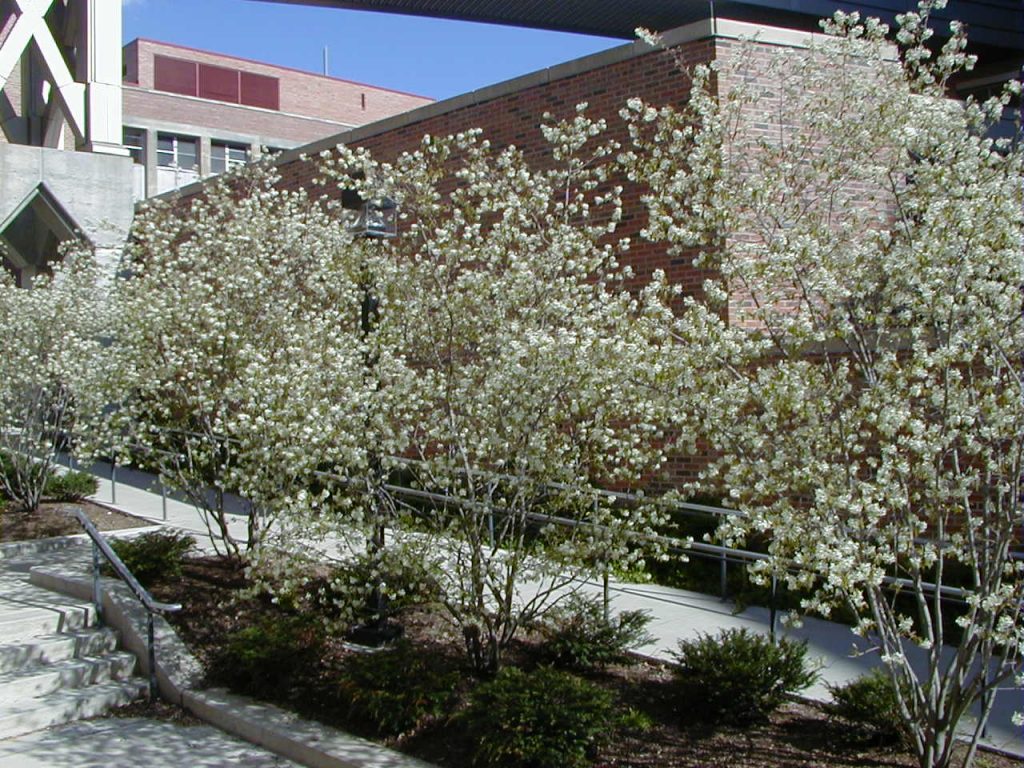 Amelanchier spp.’ loading=’lazy’ />
Amelanchier spp.’ loading=’lazy’ />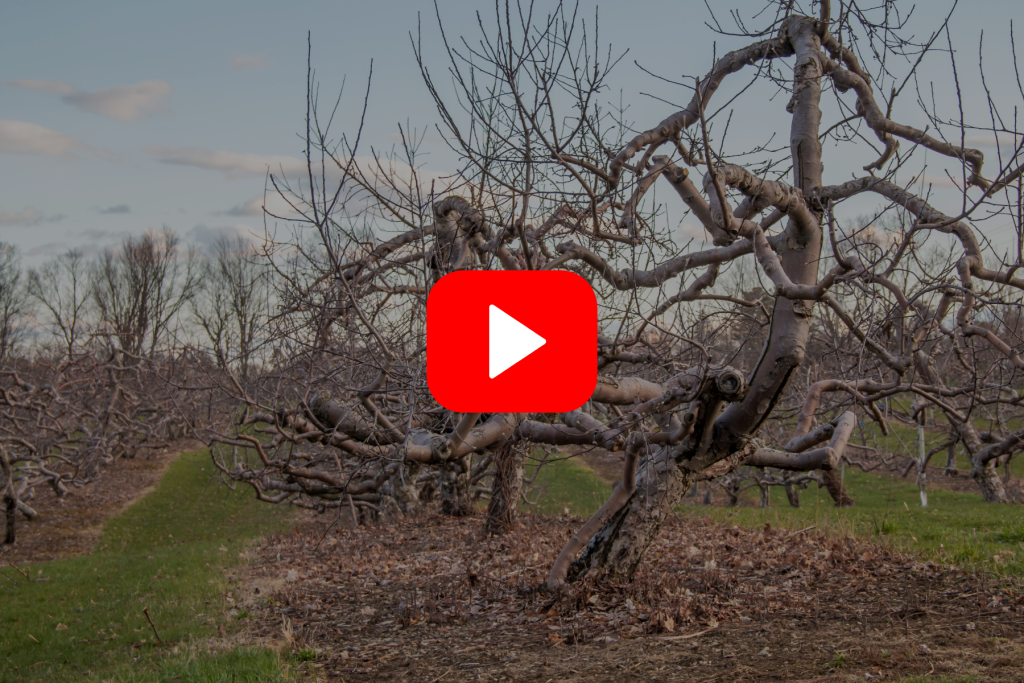
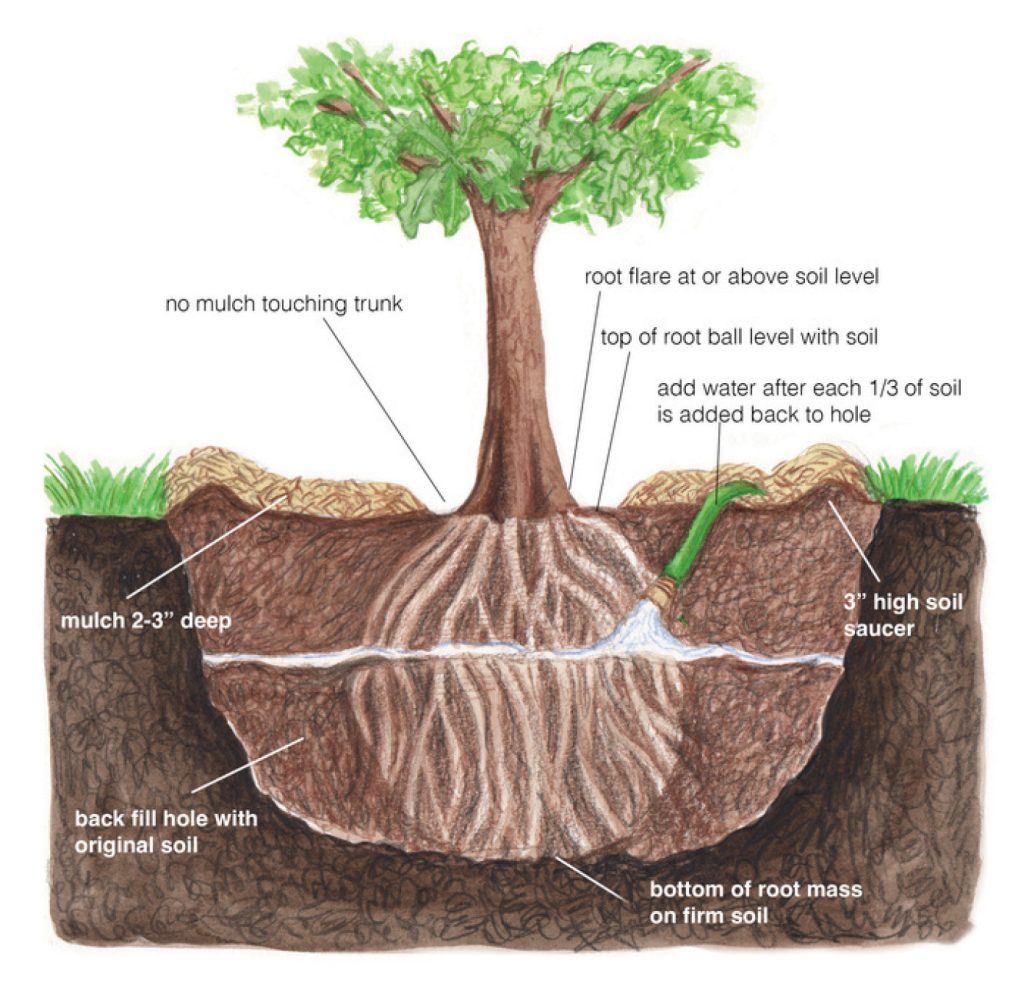
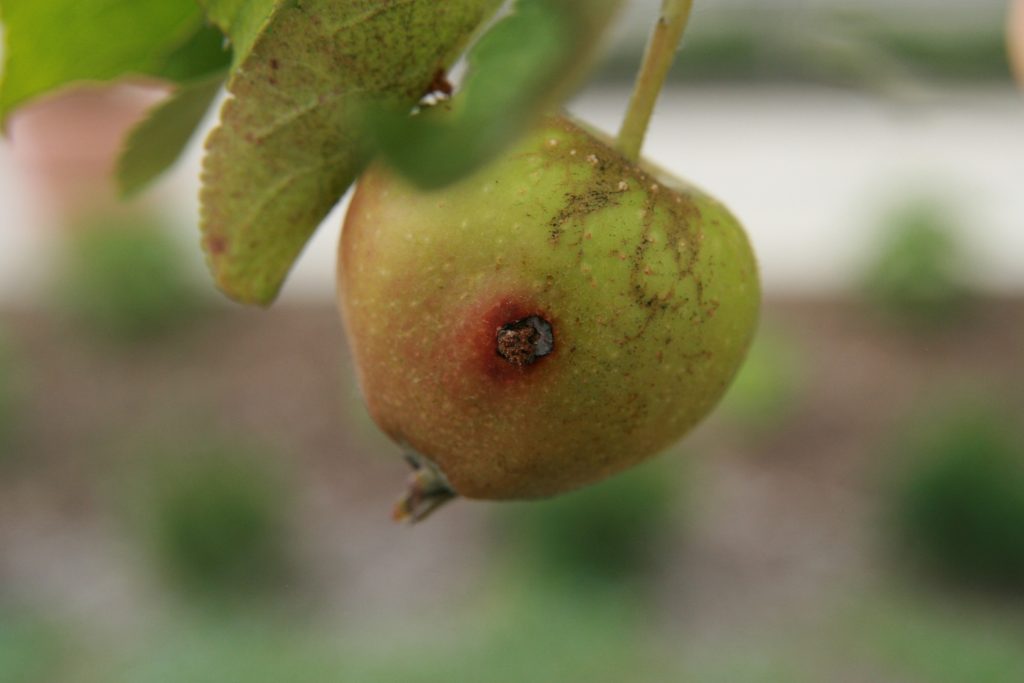
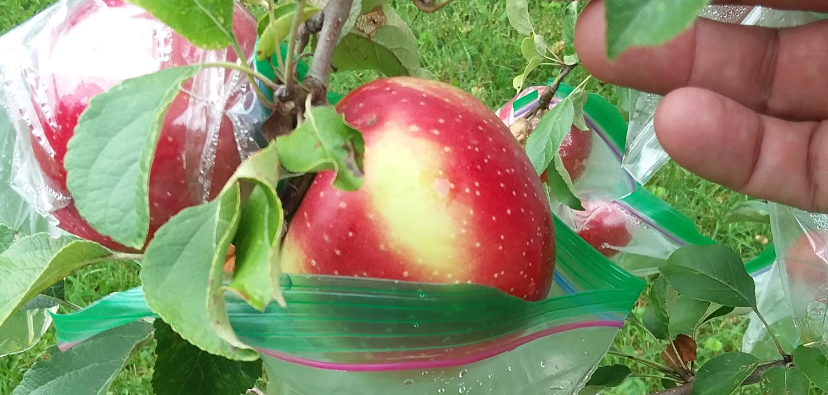
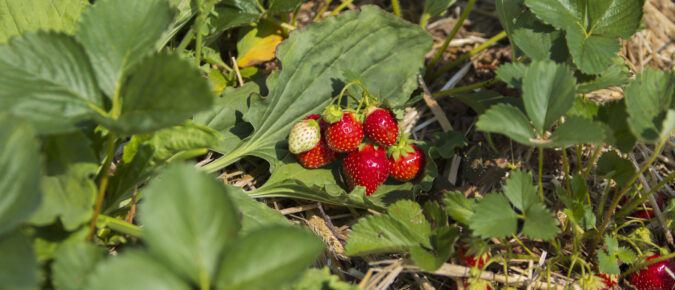

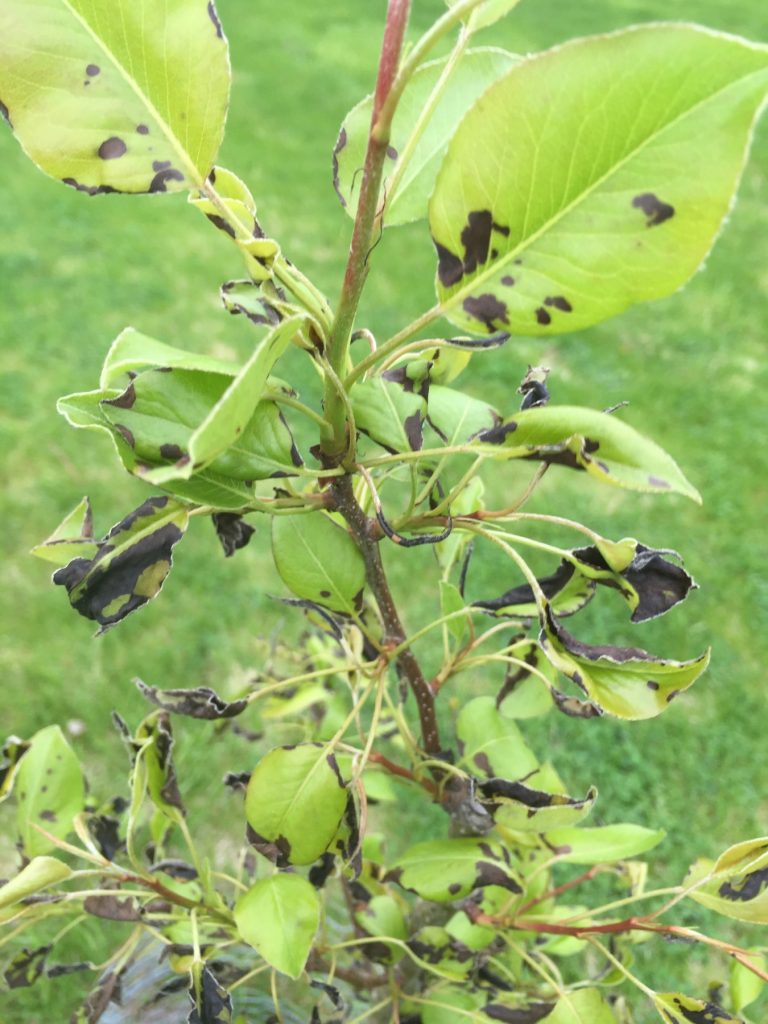
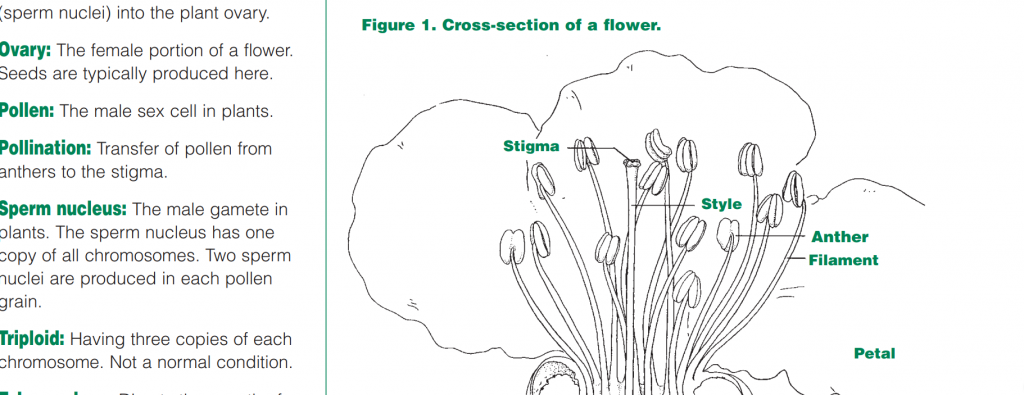
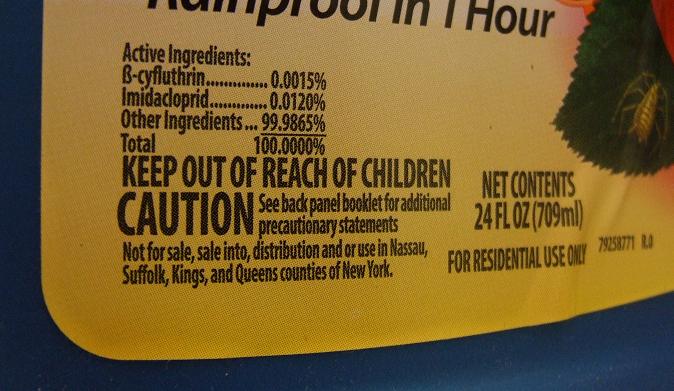
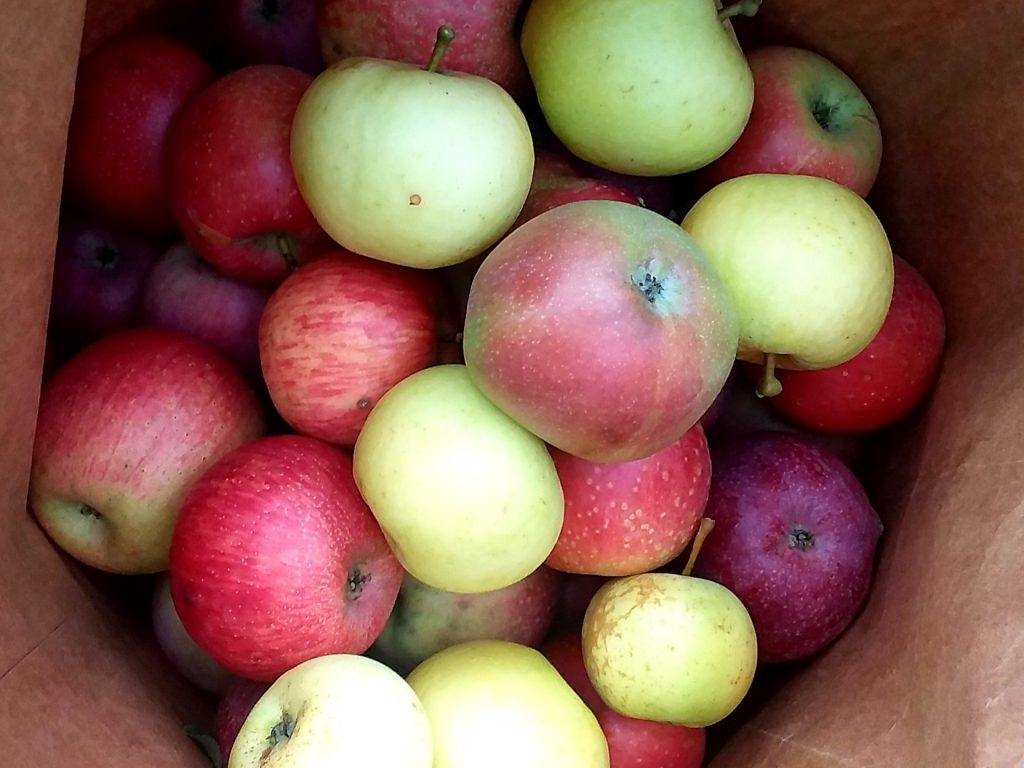

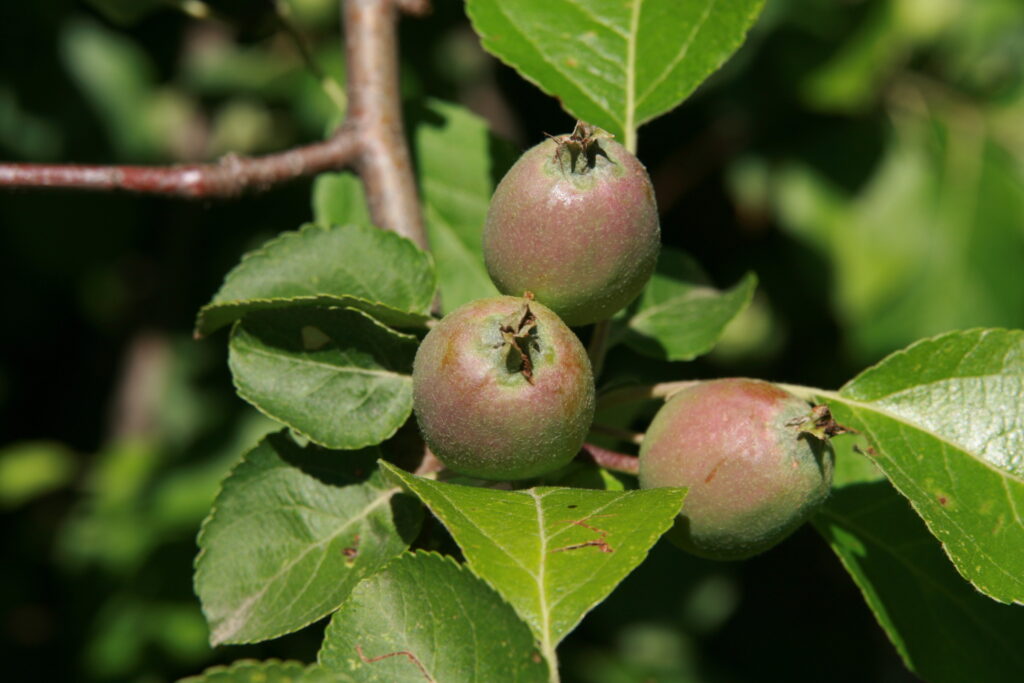

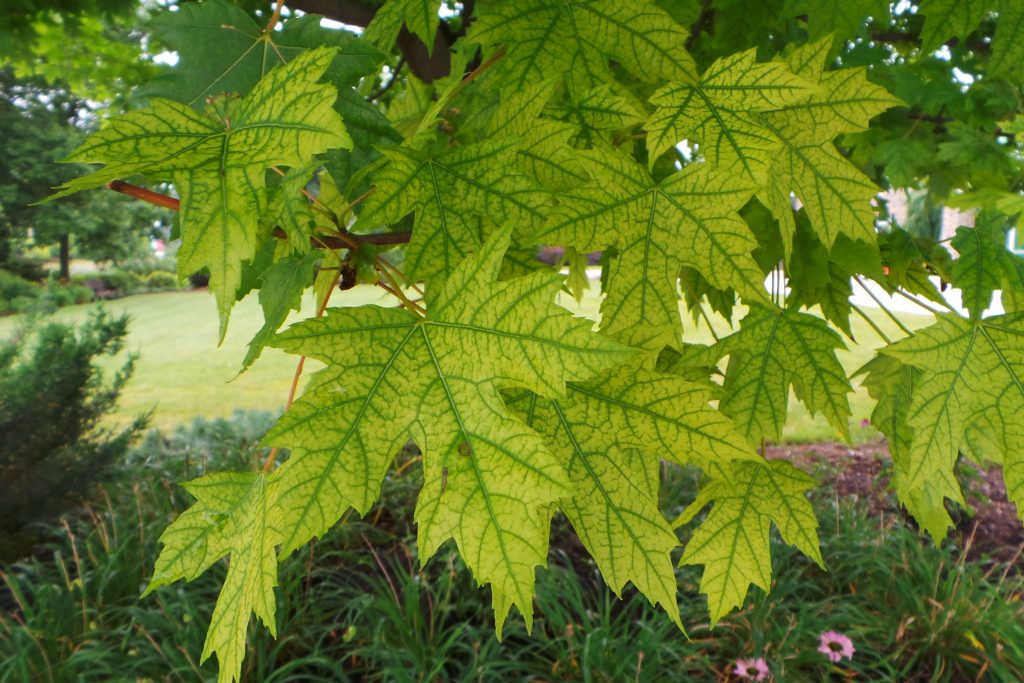
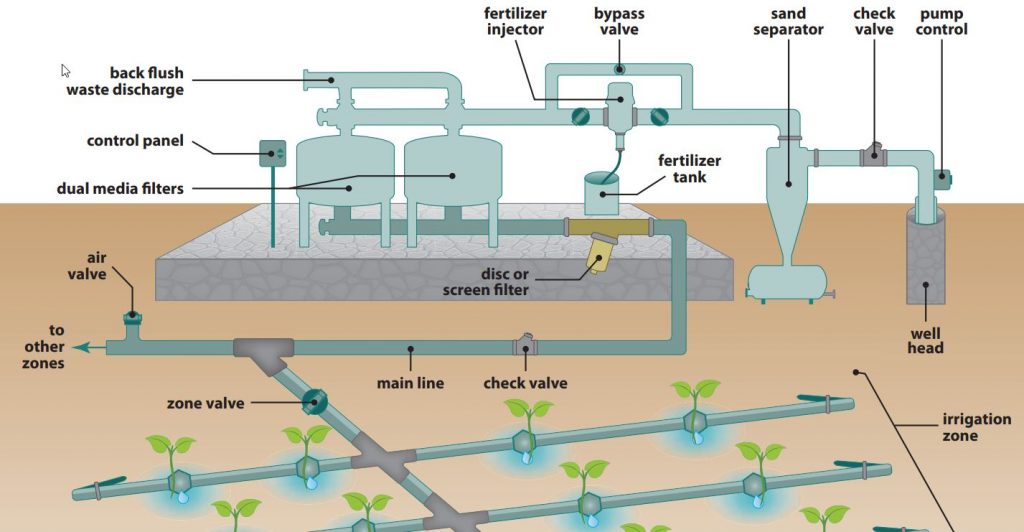
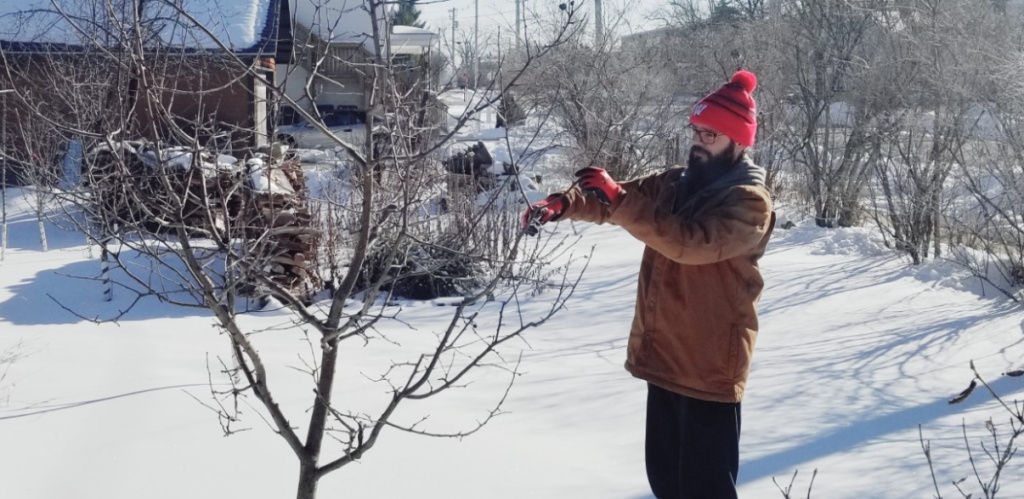
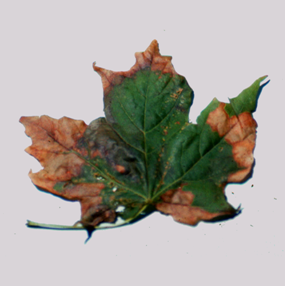
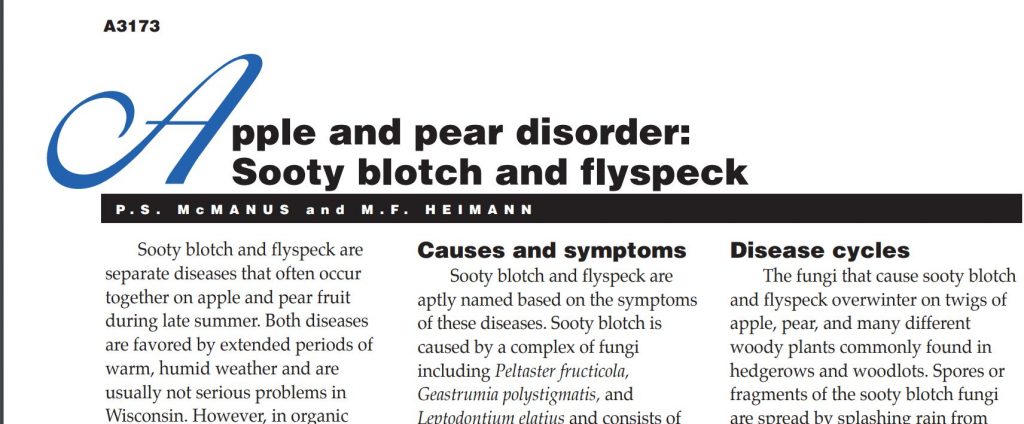
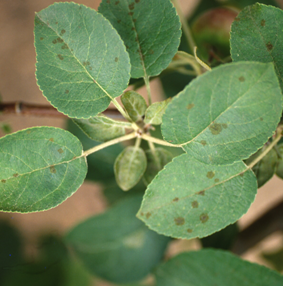
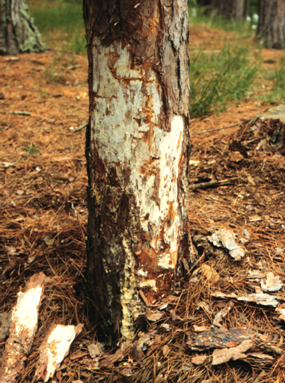
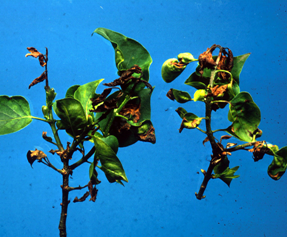

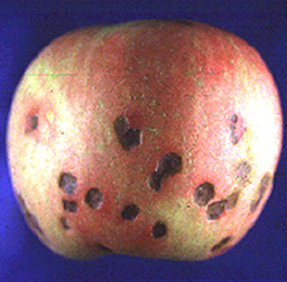

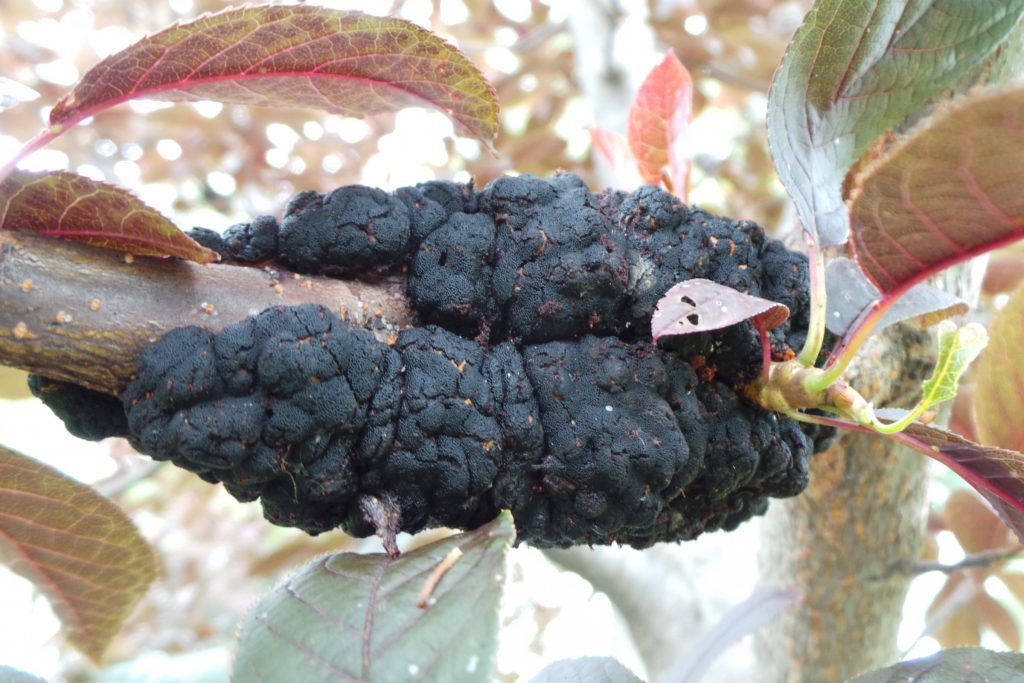 Apiosporina morbosa‘ loading=’lazy’ />
Apiosporina morbosa‘ loading=’lazy’ />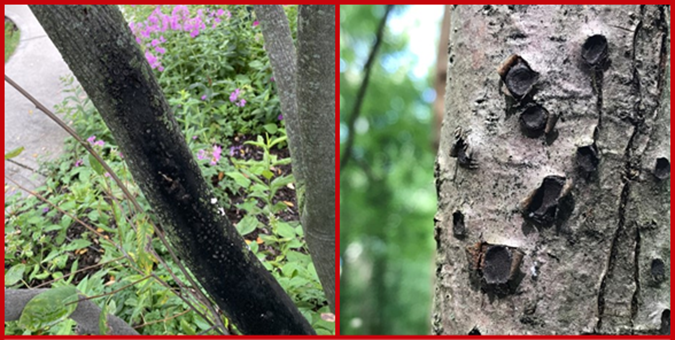

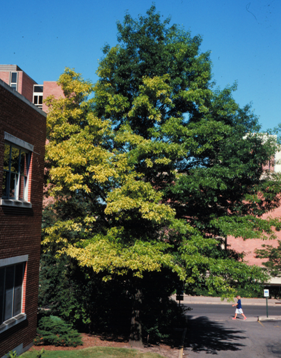
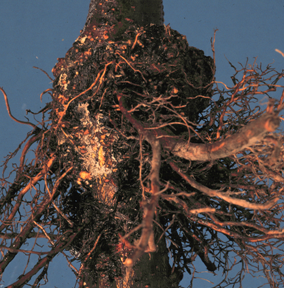
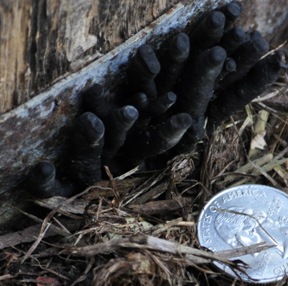
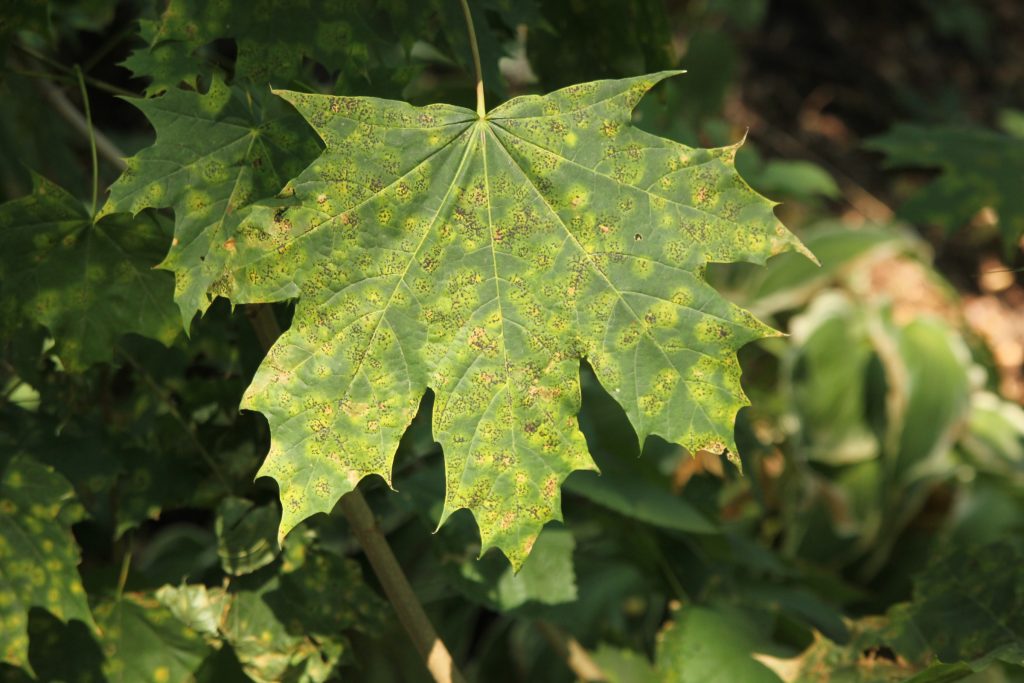
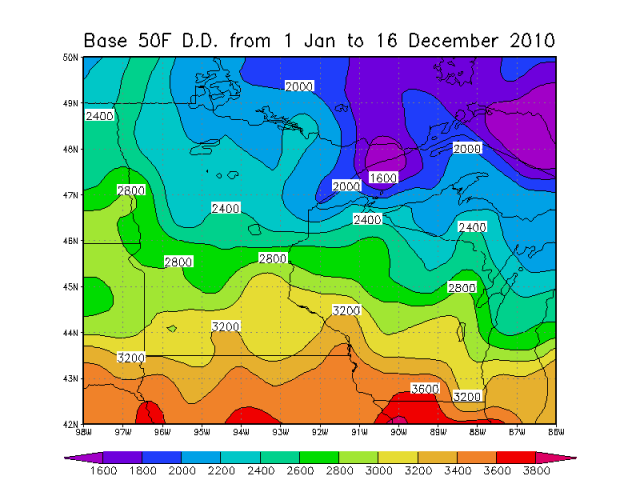
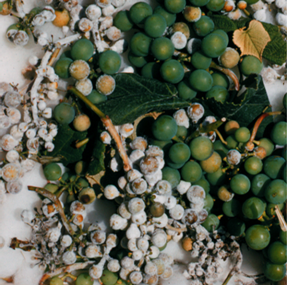

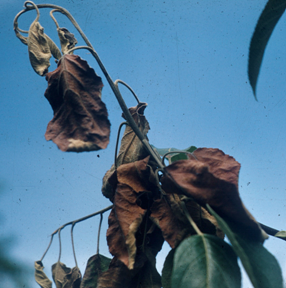
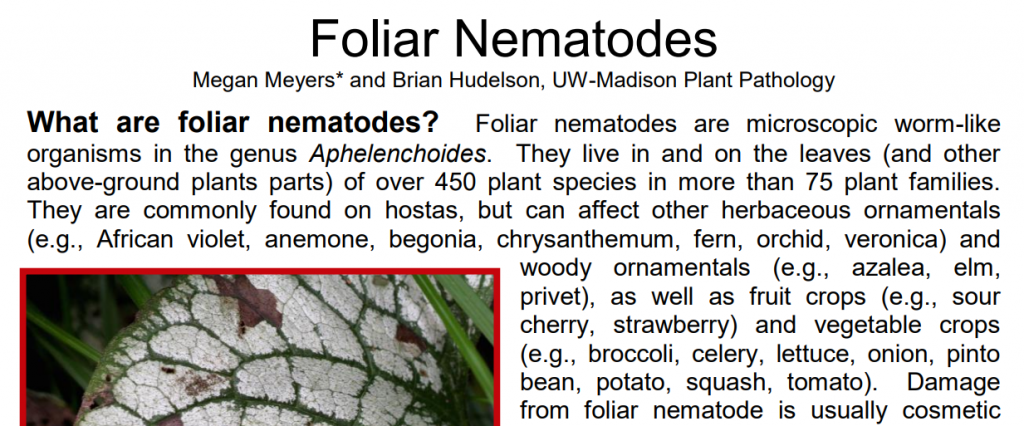
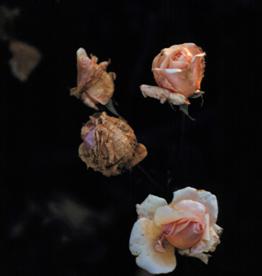

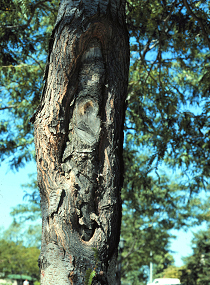
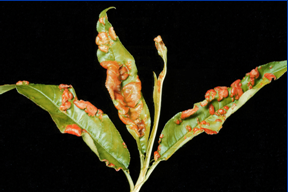
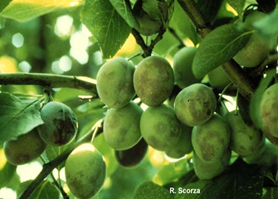
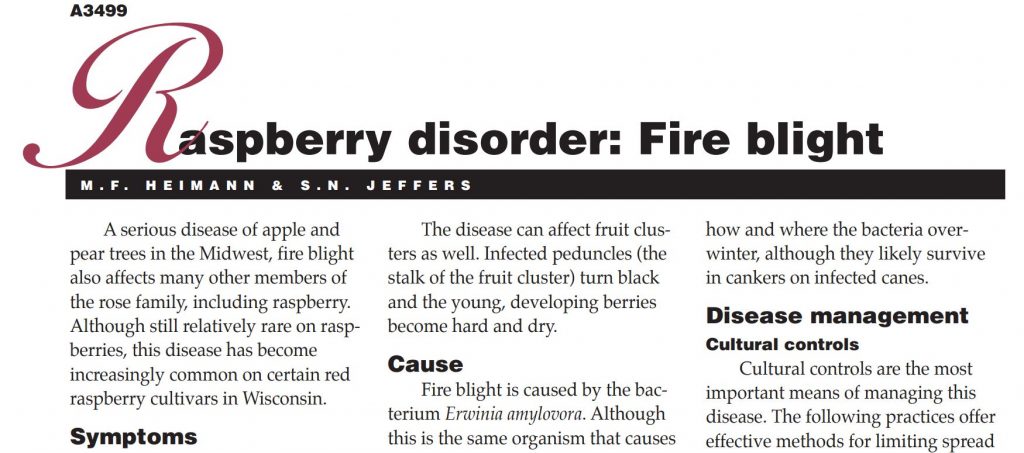

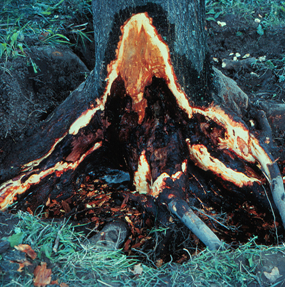

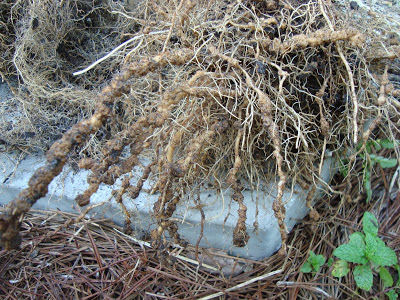
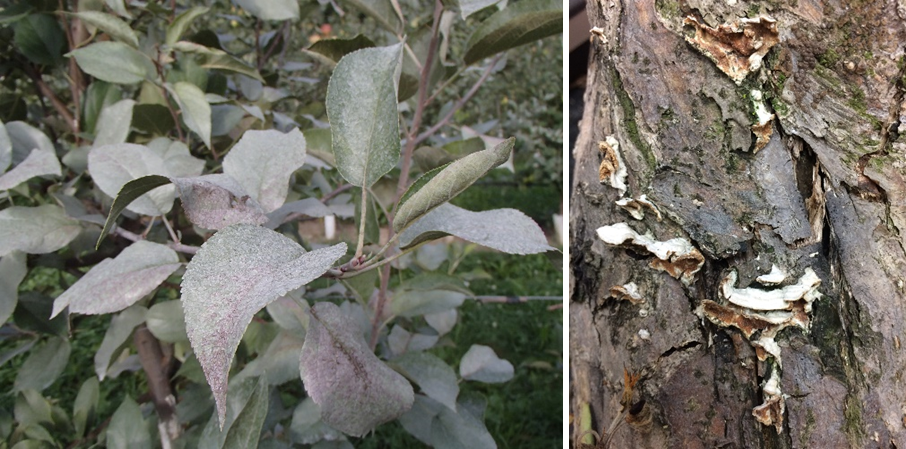

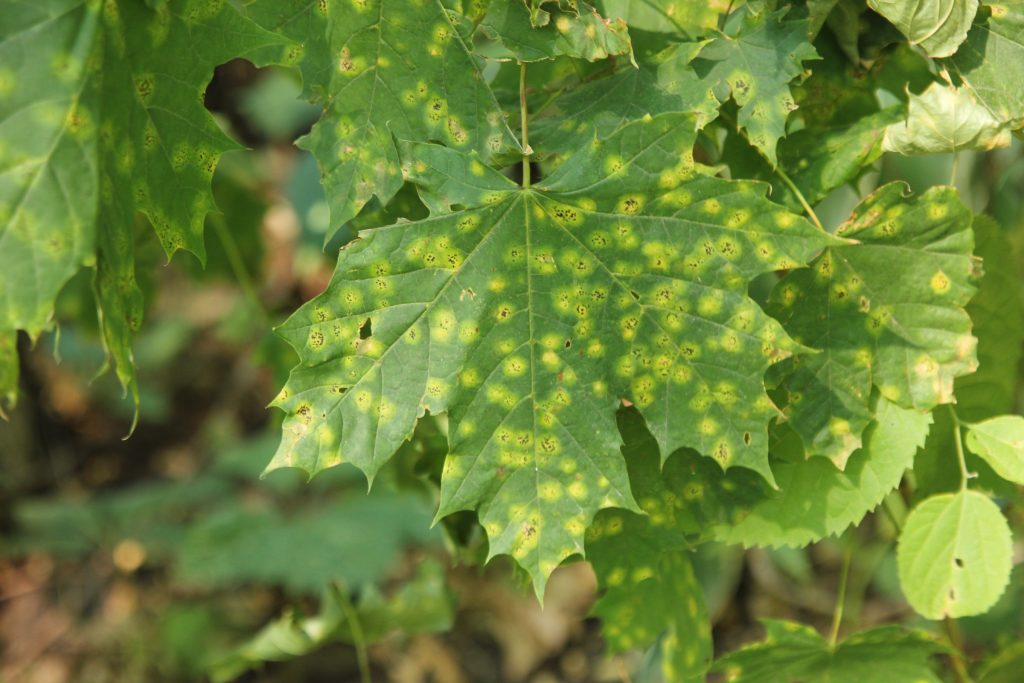
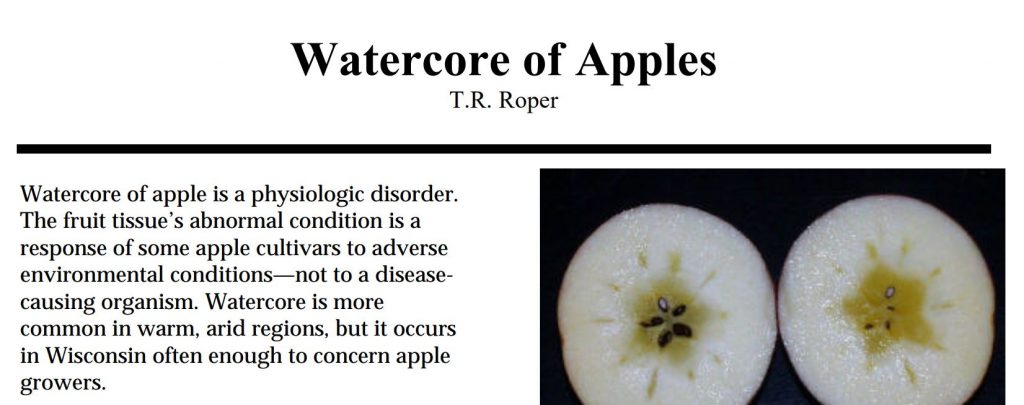
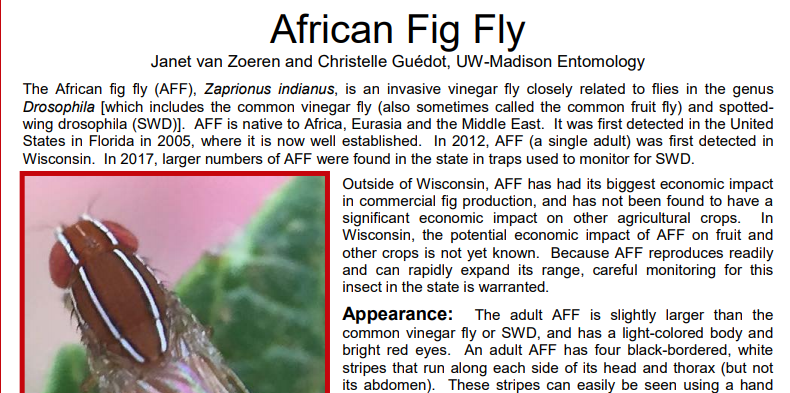
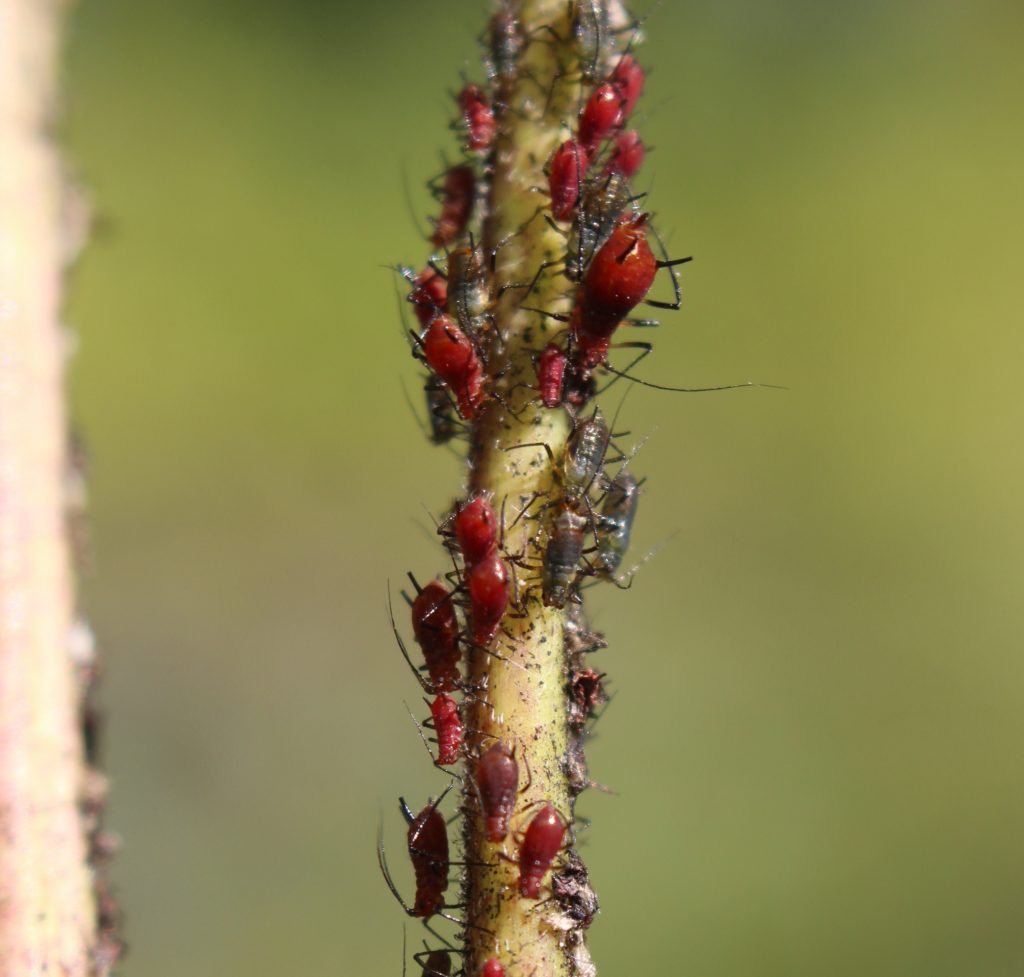
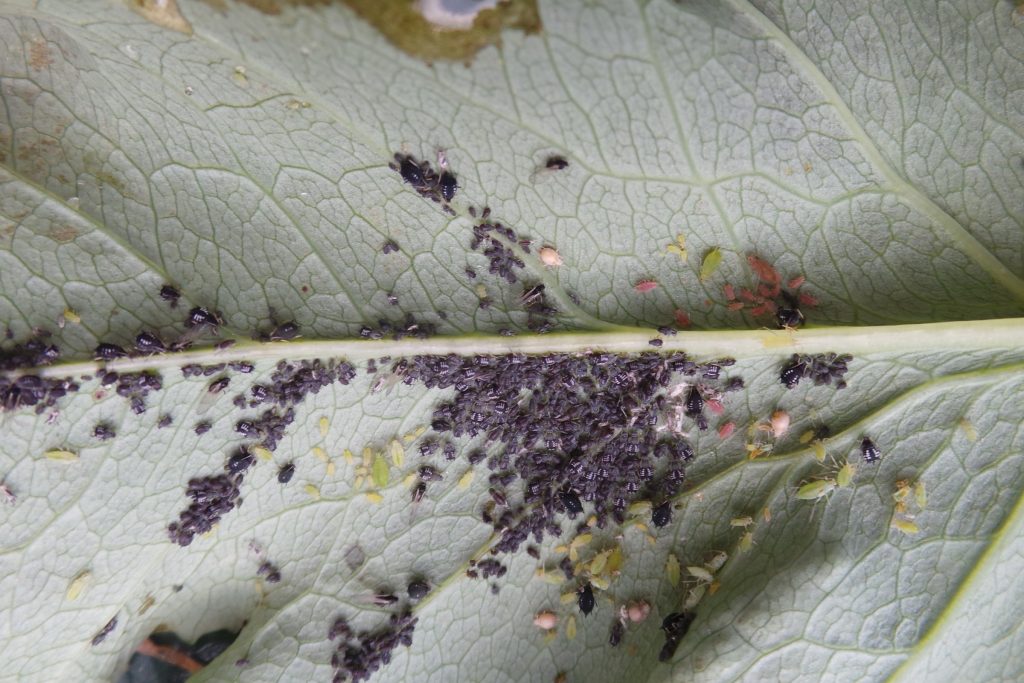

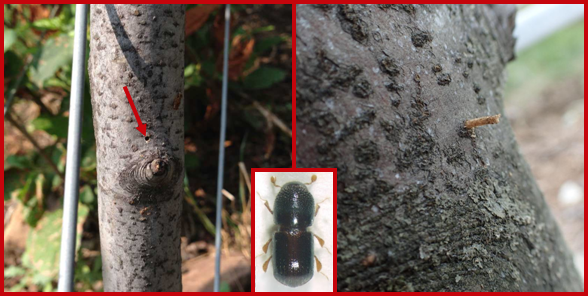
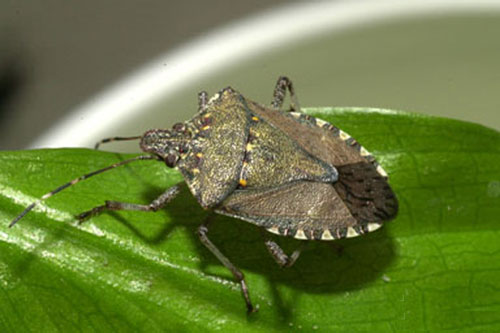
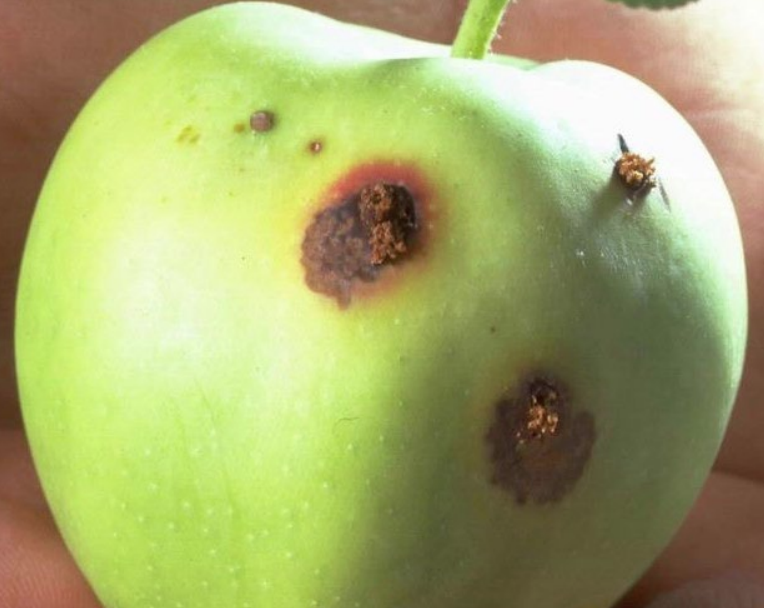

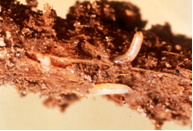
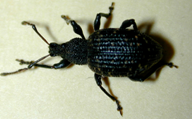
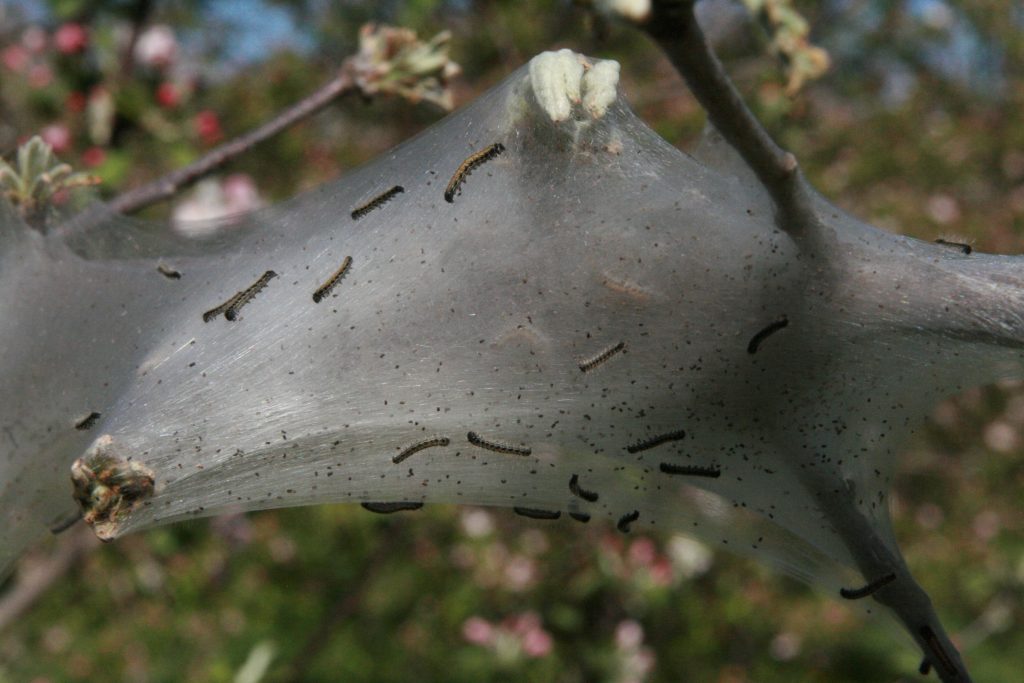 Malacosoma americanum‘ loading=’lazy’ />
Malacosoma americanum‘ loading=’lazy’ />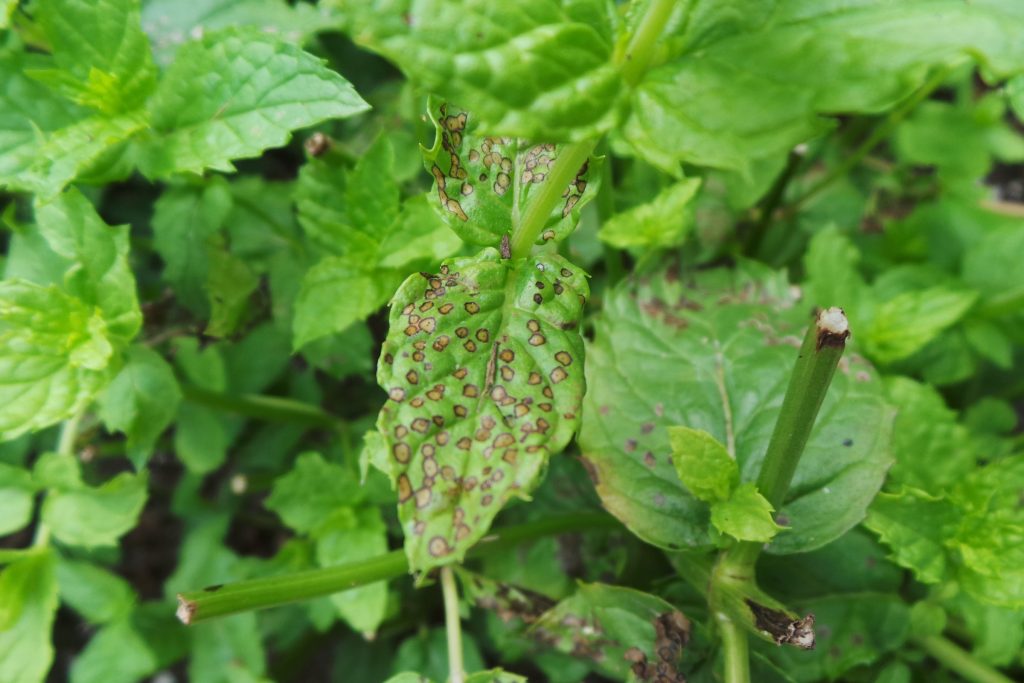
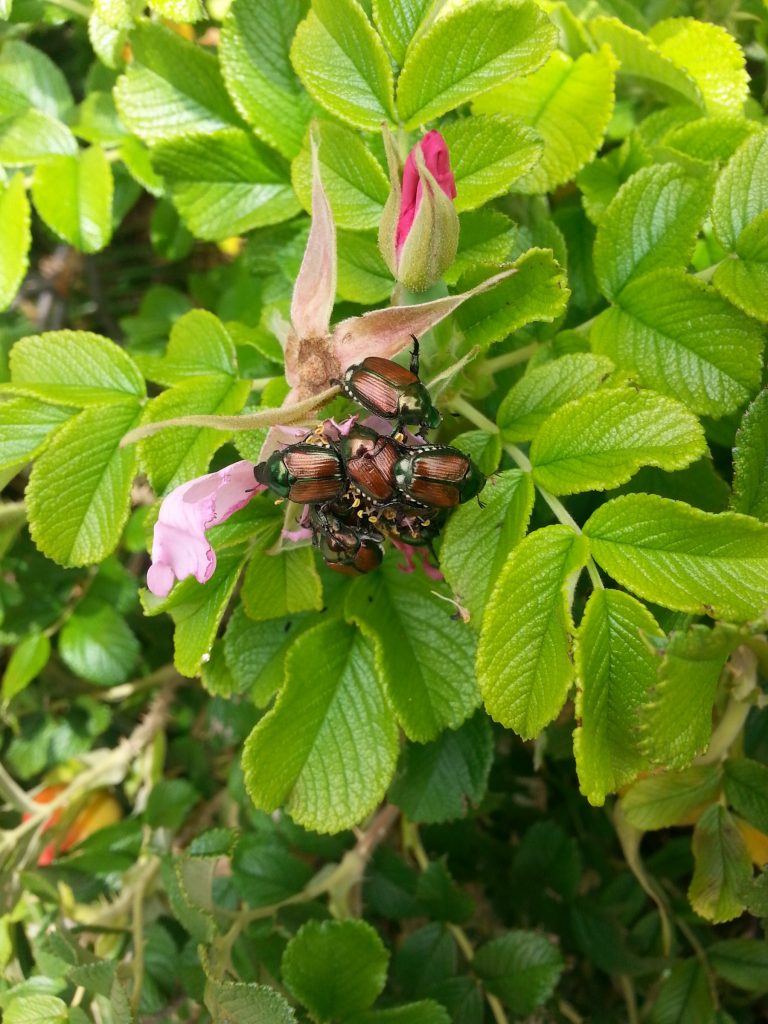

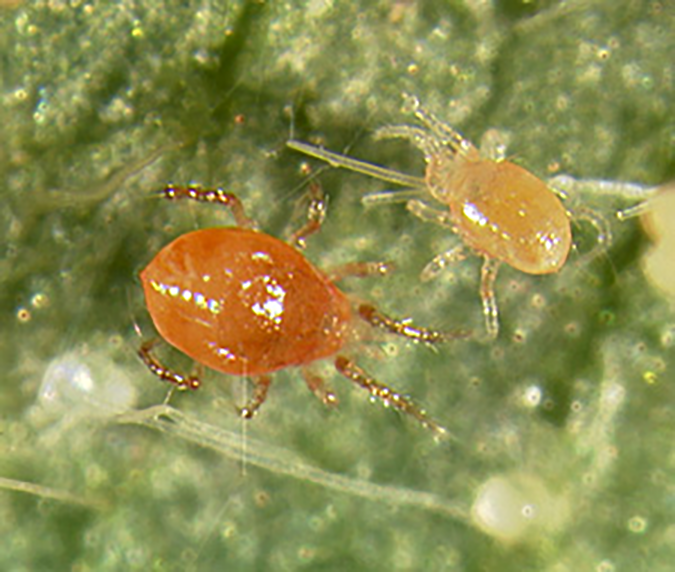
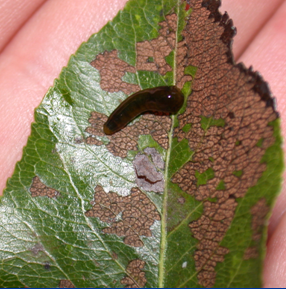
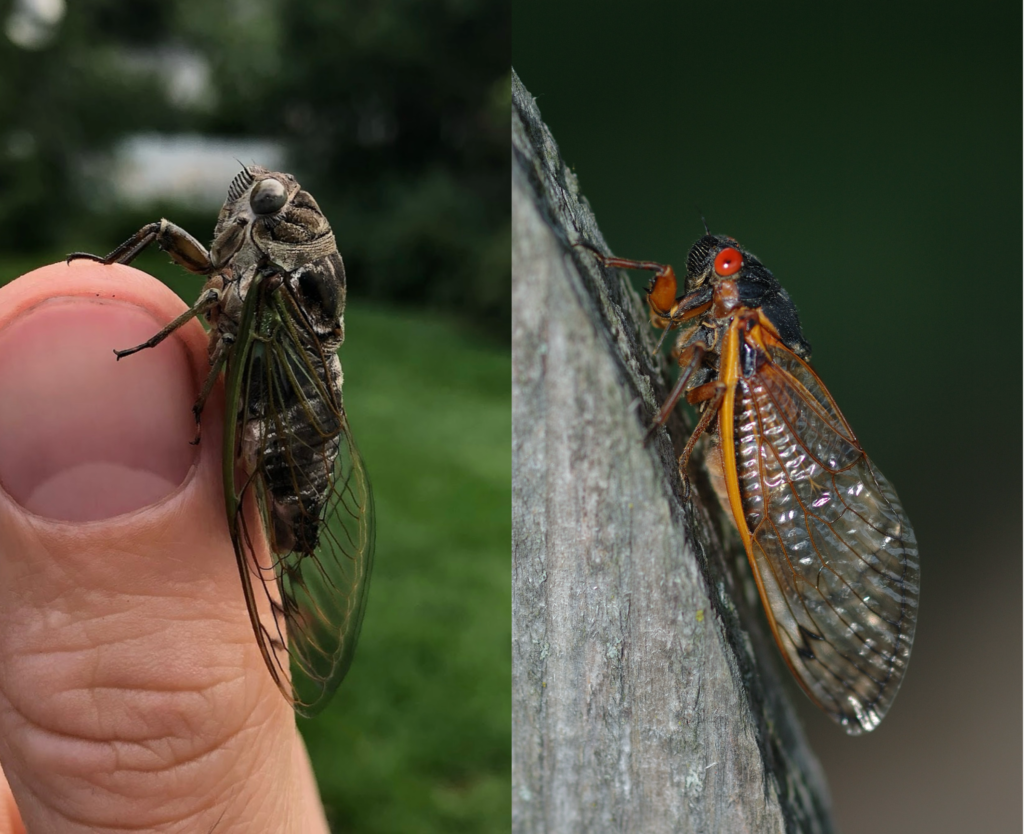
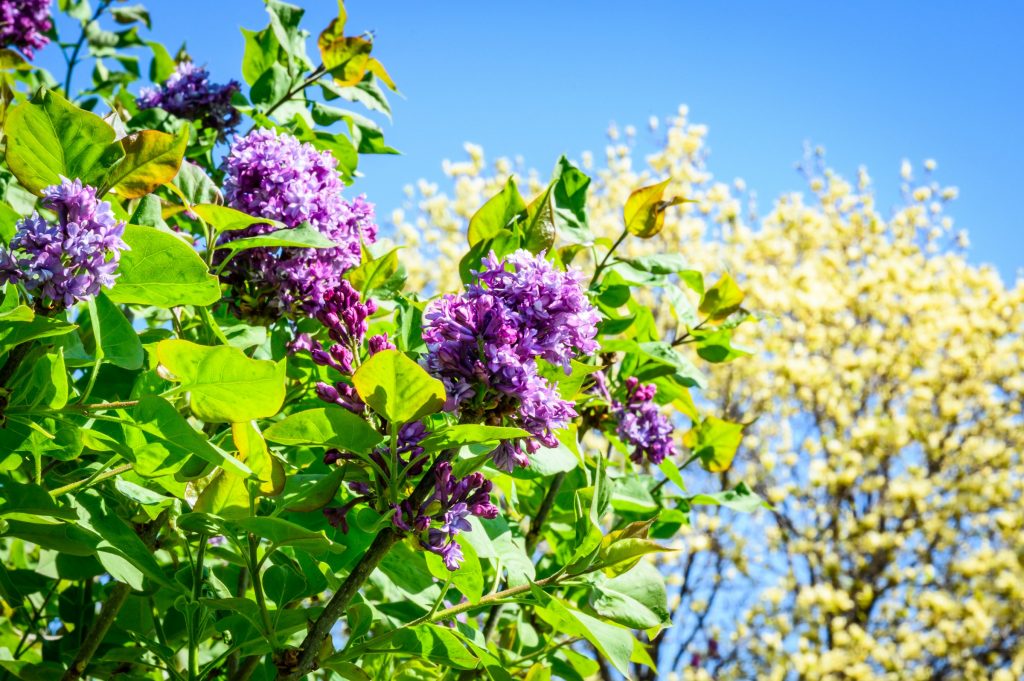
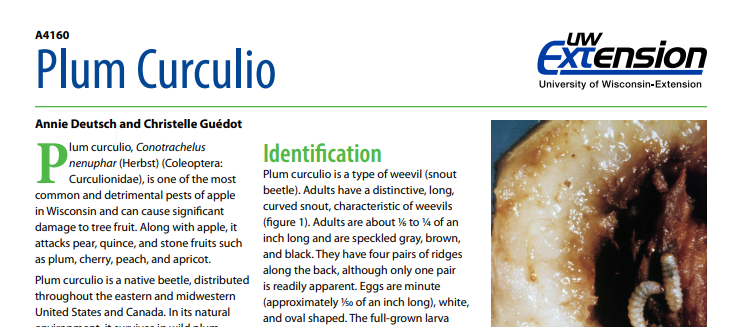
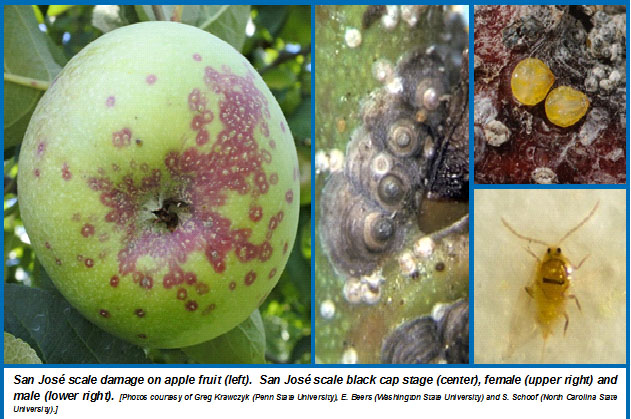
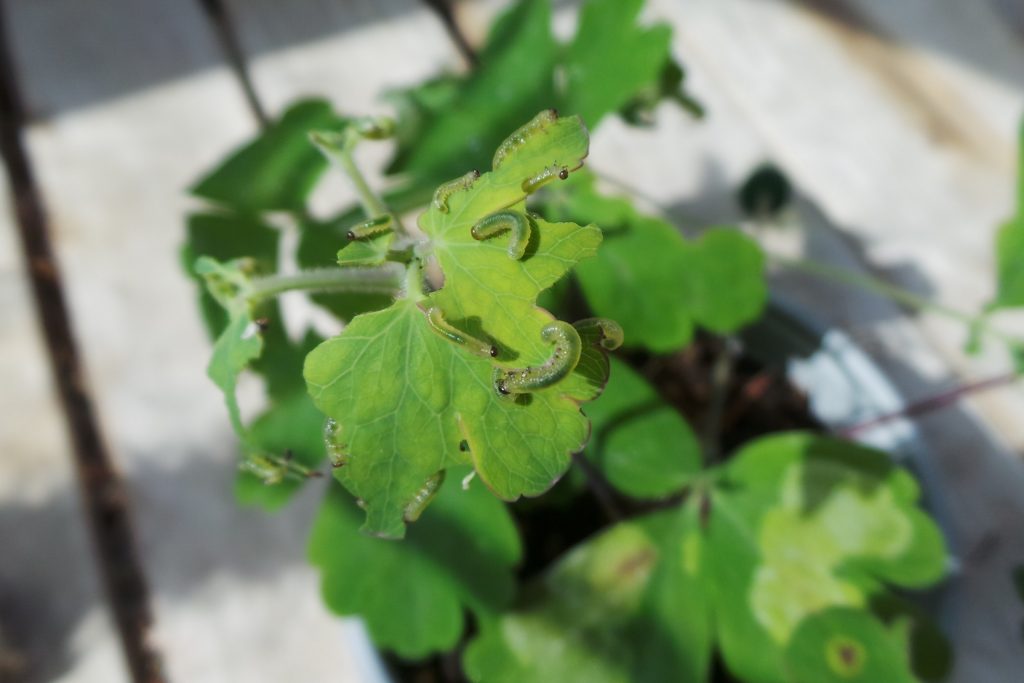

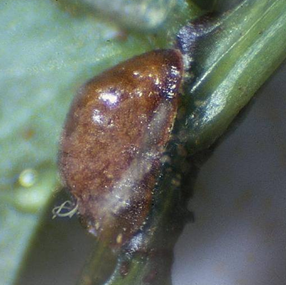
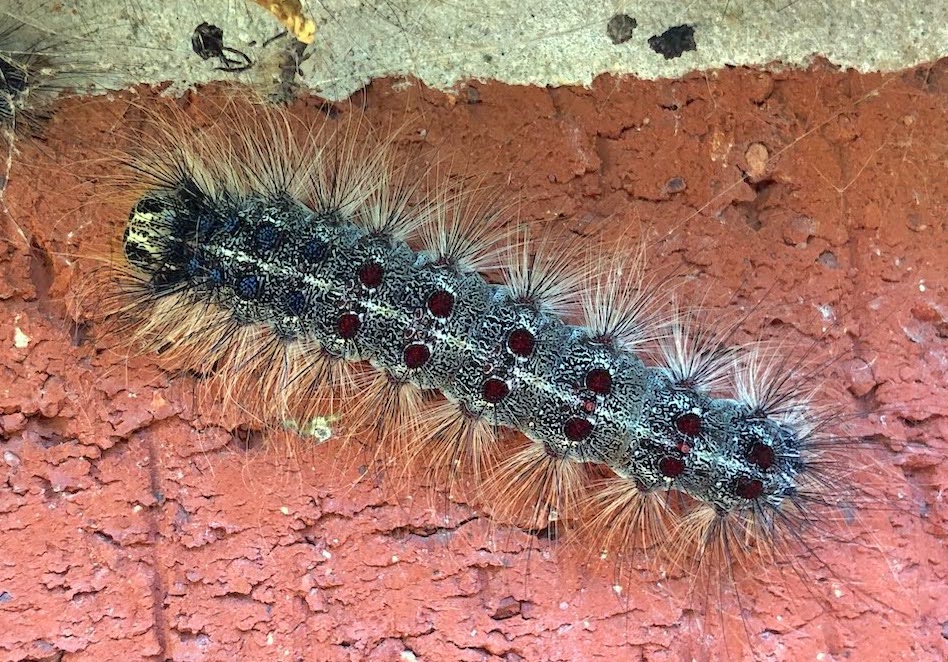
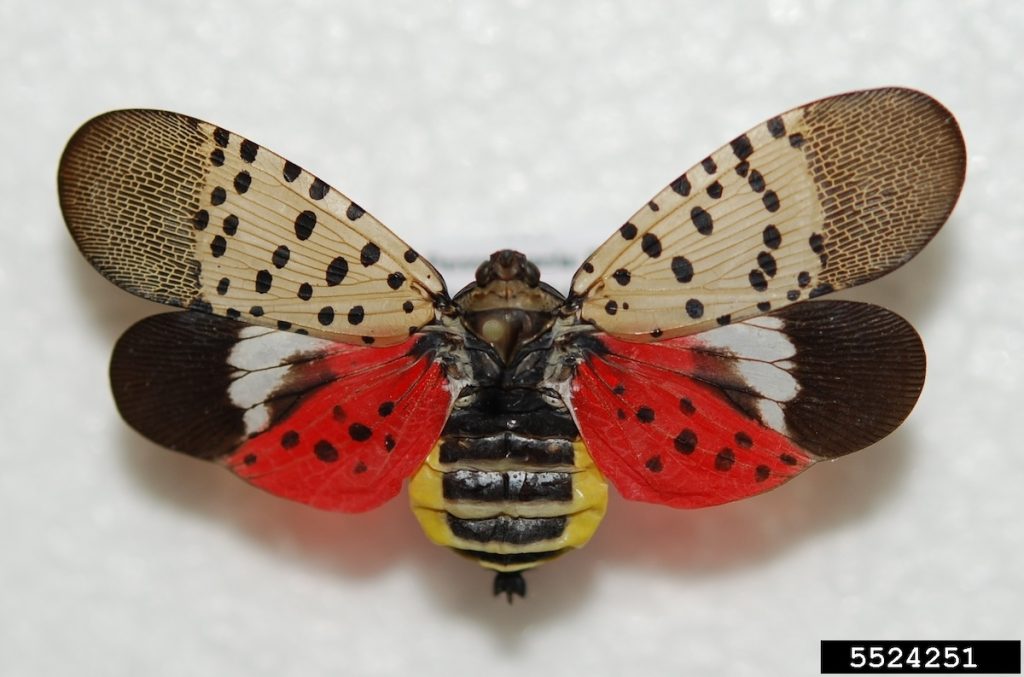
 Phyllonorycter blancardella‘ loading=’lazy’ />
Phyllonorycter blancardella‘ loading=’lazy’ />
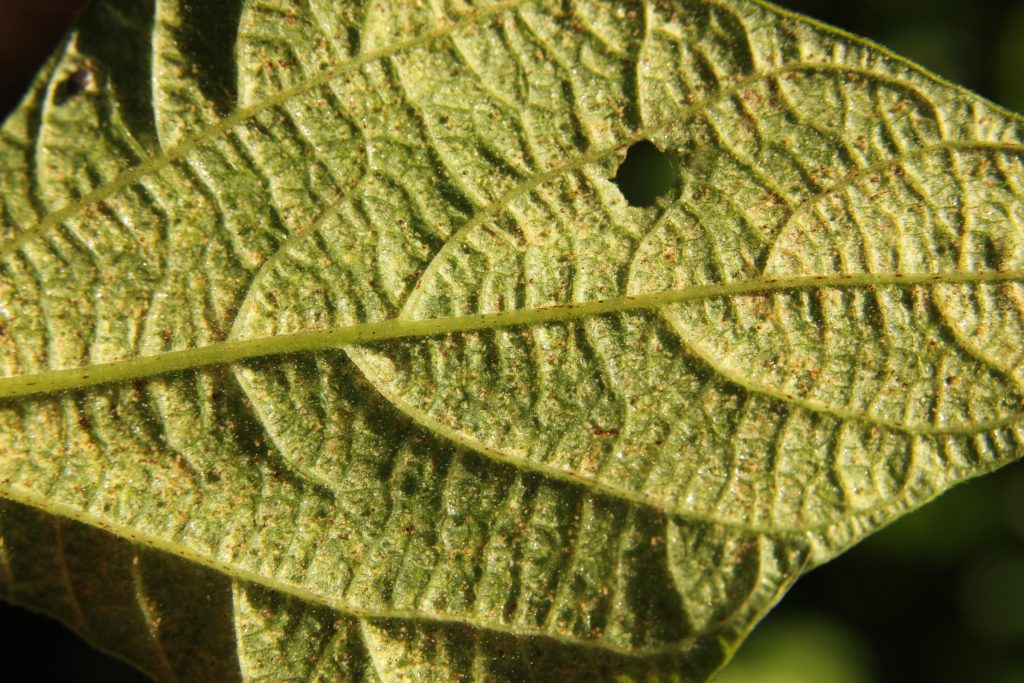 Tetranychus urticae‘ loading=’lazy’ />
Tetranychus urticae‘ loading=’lazy’ />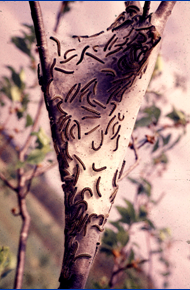
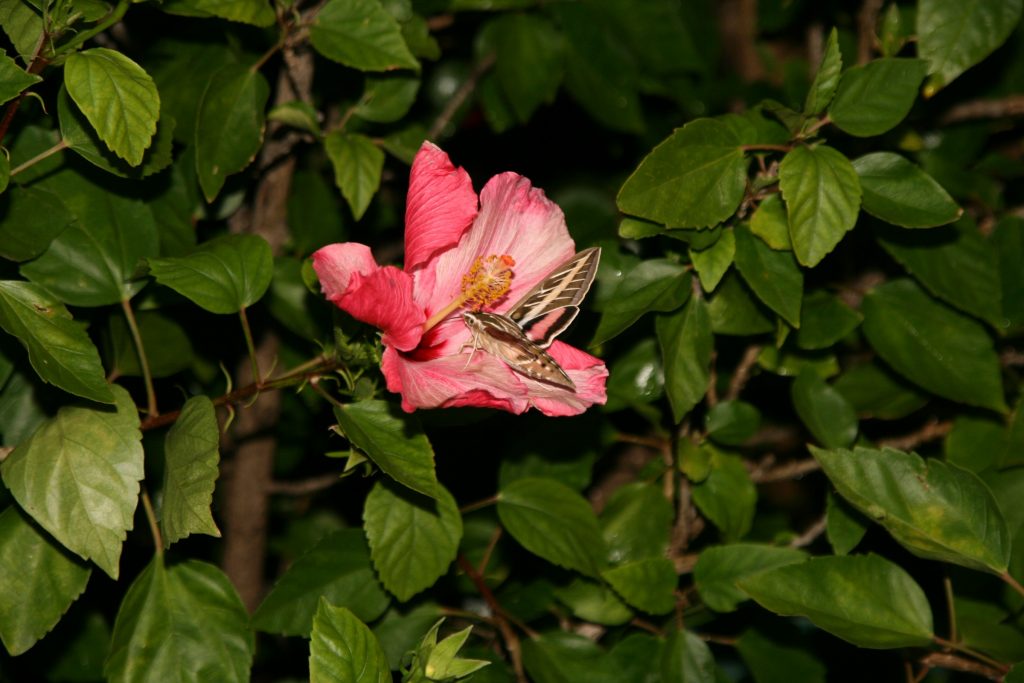 Hyles lineata‘ loading=’lazy’ />
Hyles lineata‘ loading=’lazy’ />